En el panorama actual de la tecnología de redes, en rápida evolución, una conexión de red estable y de alta velocidad se ha convertido en una necesidad, ya sea para el entretenimiento doméstico o para los centros de datos de las empresas. Como base física de la transmisión de red, el rendimiento de los cables Ethernet influye directamente en la experiencia de red. Cat5/5e, Cat6/6a, Cat7y Cat8 cada cable tiene sus propias características en cuanto a velocidad de transmisión, estructura física y escenarios aplicables. Comprender estas diferencias es crucial para construir una red eficiente.
Tabla de contenidos
- Comparación del rendimiento de la transmisión: De la velocidad básica al salto a la velocidad ultrarrápida
- Diferencias de estructura física: Un concurso técnico de materiales y diseño
- Análisis de escenarios aplicables: Diferentes prestaciones para diferentes necesidades
- conclusión
Comparación del rendimiento de la transmisión: De la velocidad básica al salto a la velocidad ultrarrápida
Cables Ethernet Cat5/5e: La elección clásica para principiantes
El cable Cat5 fue el cable Ethernet dominante en los primeros tiempos de Ethernet. Soporta una velocidad de transmisión de 10/100 Mbps y tiene un ancho de banda de 100 MHz. Sin embargo, debido a sus limitaciones de rendimiento, ha ido desapareciendo gradualmente. El cable Cat5e actualizado, aunque mantiene un ancho de banda de 100 MHz, ha aumentado la velocidad de transmisión a 1 Gbps gracias a un diseño optimizado del trenzado y el apantallado del par de hilos. La distancia de transmisión puede alcanzar los 100 metros. Es adecuado para redes domésticas básicas y requisitos de baja carga, como la navegación diaria por Internet y la transferencia de archivos en pequeñas oficinas. Por ejemplo, en una pequeña oficina doméstica en la que los empleados se ocupan principalmente del correo electrónico y de la edición ligera de documentos, Cat5e puede satisfacer bien las necesidades. En un entorno doméstico, si los miembros de la familia sólo utilizan Internet para navegar por la red en general y transmitir vídeo ocasionalmente, Cat5e es suficiente.
Como se muestra en la tabla siguiente, los cables Cat5/5e tienen sus propias métricas de rendimiento específicas:
| Tipo de cable | Ancho de banda | Velocidad de transmisión | Distancia de transmisión |
| Cat5 | 100 MHz | 10/100 Mbps | Hasta 100 metros |
| Cat5e | 100 MHz | 1 Gbps | Hasta 100 metros |
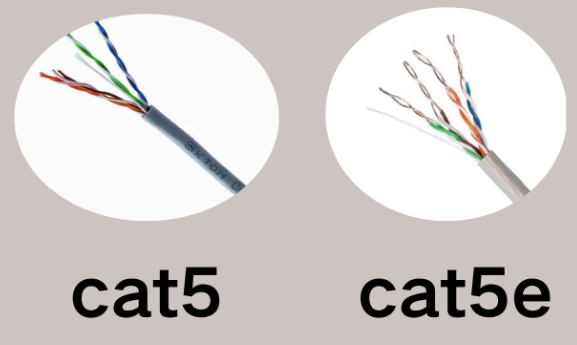
Cables Ethernet Cat6/6a: El pilar de las redes de velocidad media y alta
El cable Cat6 ha aumentado el ancho de banda a 250 MHz, con una velocidad de transmisión de 1 Gbps en una distancia de 100 metros. A corta distancia (no más de 55 metros), puede incluso soportar una velocidad de transmisión de 10Gbps. Su estructura interna en forma de cruz reduce la diafonía entre pares de hilos y mejora la calidad de la señal. El cable Cat6a amplía aún más el ancho de banda a 500 MHz, lo que permite una velocidad estable de 10 Gbps incluso a una distancia de transmisión de 100 metros. Se suele utilizar en redes de empresas medianas y grandes y en conexiones de servidores en centros de datos. En un entorno empresarial con varios departamentos que comparten grandes cantidades de datos, los cables Cat6/6a garantizan un flujo de datos fluido. Para usuarios particulares que tienen un servidor multimedia en casa y quieren transmitir vídeos 4K a varios dispositivos simultáneamente, Cat6 puede manejar el volumen de datos sin problemas de buffering.
Los detalles de rendimiento de los cables Cat6/6a se presentan en la siguiente tabla:
| Tipo de cable | Ancho de banda | Velocidad de transmisión | Distancia de transmisión |
| Cat6 | 250 MHz | 1 Gbps (100 m), 10 Gbps (≤55 m) | Hasta 100 metros |
| Cat6a | 500 MHz | 10 Gbps | Hasta 100 metros |
Cables Ethernet Cat7 y Cat8: Los pioneros de la transmisión de ultra alta velocidad
El cable Cat7 tiene un ancho de banda de hasta 600 MHz, admite la transmisión de 10 Gbps a una distancia de 100 metros y puede soportar la transmisión de hasta 100 Gbps a corta distancia. Adopta una estructura totalmente blindada (SFTP) para resistir eficazmente las interferencias electromagnéticas. El cable Cat8, el cable Ethernet más potente en la actualidad, tiene un ancho de banda de 2000MHz, soporta transmisiones de 25Gbps y 40Gbps a una distancia de 100 - metros, y puede incluso alcanzar una transmisión de 100Gbps a corta distancia. Debido a su excelente rendimiento, se utiliza a menudo en escenarios con requisitos de gran ancho de banda y baja latencia, como la interconexión de alta velocidad en centros de datos y la red de retorno de estaciones base 5G. Para los usuarios que compiten en juegos en línea y necesitan una latencia extremadamente baja, Cat8 puede proporcionar la velocidad de red ultrarrápida necesaria para obtener una ventaja en el juego.
La siguiente tabla muestra el notable rendimiento de los cables Cat7 y Cat8:
| Tipo de cable | Ancho de banda | Velocidad de transmisión | Distancia de transmisión |
| Cat7 | 600 MHz | 10 Gbps (100 m), 100 Gbps (corta distancia) | Hasta 100 metros |
| Cat8 | 2000MHz | 25Gbps/40Gbps | Hasta 30 metros |
Diferencias de estructura física: Un concurso técnico de materiales y diseño
Núcleo y diámetro del alambre: De cobre a base de especificaciones más gruesas
Los cables Ethernet Cat5/5e suelen utilizar cobre puro o cobre revestido de aluminio para los núcleos, y su diámetro es relativamente fino. A partir de Cat6, para reducir la resistencia y mejorar el rendimiento de la transmisión, se utiliza principalmente cobre libre de oxígeno para el material del núcleo del cable, y el diámetro del cable aumenta gradualmente. El cable Cat8 tiene el diámetro más grueso y puede transmitir mejor señales de alta frecuencia.
Los rangos típicos de diámetro exterior para los distintos tipos de cable son los siguientes:
| Tipo de cable | Gama de diámetros exteriores (mm) |
| Cat5e | 5.5 – 6.5 |
| Cat6 | 5.5 – 6.8 |
| Cat6a | 7 – 8 |
| Cat7 | 7.5 – 8.5 |
| Cat8 | 7.5 – 9.0 |
Diseño de capas de apantallamiento: De no apantallado a totalmente apantallado
Cat5/5e es principalmente no apantallado (UTP), adecuado para entornos con menos interferencias. Algunos productos Cat6 empiezan a utilizar blindaje simple (STP), y Cat6a utiliza principalmente blindaje doble (FTP). Cat7 y Cat8 adoptan un diseño totalmente apantallado (SFTP). Mediante múltiples capas de lámina metálica y malla trenzada, pueden aislar al máximo las interferencias electromagnéticas externas y garantizar la integridad de la señal. En un entorno industrial lleno de equipos electromagnéticos, los cables Cat7 o Cat8 con apantallamiento total son necesarios para mantener una conexión de red estable. Para un sistema de cine en casa con varios dispositivos electrónicos muy próximos, un cable apantallado como el Cat6a puede evitar interferencias en la señal y garantizar una reproducción audiovisual de alta calidad.
Método de torsión: Optimización de la capacidad antiinterferente
La densidad de torsión de los pares de hilos de Cat5/5e es relativamente baja. Los cables Cat6 y superiores aumentan la densidad de torsión y optimizan el paso de torsión para reducir el acoplamiento electromagnético entre pares de hilos, reducir la diafonía y mejorar la estabilidad de la transmisión de señales.
Análisis de escenarios aplicables: Diferentes prestaciones para diferentes necesidades
Cat5/5e: La red básica para hogares y pequeñas oficinas
En un entorno doméstico, si sólo se utiliza para navegación web ordinaria y reproducción de vídeo, Cat5e es suficiente. En entornos de pequeñas oficinas, las conexiones para impresoras y ordenadores corrientes también pueden optar por Cat5e, equilibrando rendimiento y coste. Por ejemplo, una pequeña empresa emergente con un presupuesto limitado puede utilizar Cat5e para la red de su oficina para mantener los costes bajos sin dejar de tener una red funcional. En un hogar sencillo con sólo unos pocos dispositivos utilizados para el acceso general a Internet, Cat5e es una opción rentable.
Cat6/6a: El pilar de las empresas y los centros de datos
Para la construcción de redes de área local de medianas y grandes empresas y la conexión entre servidores y conmutadores en centros de datos, Cat6/6a, con su capacidad de transmisión estable a alta velocidad, garantiza la transmisión y el procesamiento rápidos de grandes cantidades de datos y evita la congestión de la red. En una empresa de comercio electrónico a gran escala que necesite gestionar un gran número de transacciones en línea y datos de clientes en tiempo real, los cables Cat6/6a son esenciales. Para usuarios particulares que tienen una oficina en casa y necesitan manejar archivos de gran tamaño, como diseñadores gráficos o editores de vídeo, Cat6 puede proporcionar la velocidad necesaria para un trabajo eficiente.
Cat7 y Cat8: la elección exclusiva para escenarios de velocidad ultraalta
En escenarios con requisitos extremadamente altos de ancho de banda y latencia, como el intercambio de datos de alta velocidad entre clústeres de servidores dentro de centros de datos, backhaul de alta velocidad entre estaciones base 5G y la red central, y computación de alto rendimiento (HPC), los cables Cat7 y Cat8 son las mejores opciones para lograr una transmisión de red de ultra alta velocidad y baja latencia. Para un centro de datos que da servicio a un importante proveedor de servicios de computación en nube, se utilizan cables Cat8 para garantizar una transferencia de datos sin fisuras entre servidores. Para las instalaciones de entrenamiento de un equipo profesional de deportes electrónicos, se utilizan cables Cat7 o Cat8 para proporcionar la red más rápida y estable para sus prácticas de juego de alta intensidad.
conclusión
He aquí una comparación detallada de Cables Ethernet Cat5/5e, Cat6/6a, Cat7 y Cat8 basándose en sus especificaciones técnicas, casos de uso y 2025 normas industriales:
1. Principales especificaciones
| Categoría | Velocidad máxima | Ancho de banda | Distancia máxima | Blindaje | Conectores |
|---|---|---|---|---|---|
| Cat5 | 100 Mbps | 100 MHz | 100 m | UTP | RJ45 |
| Cat5e | 1 Gbps | 100 MHz | 100 m | UTP | RJ45 |
| Cat6 | 10 Gbps (hasta 55 m) | 250 MHz | 100 m (1 Gbps) | UTP/STP | RJ45 |
| Cat6a | 10 Gbps (100 m) | 500 MHz | 100 m | STP | RJ45 |
| Cat7 | 10 Gbps | 600 MHz | 100 m | S/FTP | GG45/TERA (patentado) |
| Cat8 | 25-40 Gbps | 2000 MHz | 30 m | S/FTP | RJ45 (Clase I) / TERA (Clase II) |
2. Desglose detallado
Cat5/5e: Los caballos de batalla del legado
- Cat5:
- Actuación: Admite 10-100 Mbps a 100 MHz. Obsoleto para las redes modernas, pero aún se utiliza en sistemas heredados como las líneas telefónicas1.
- Caso práctico: Sólo se recomienda para configuraciones temporales o limitaciones presupuestarias extremas.
- Cat5e:
- Actuación: Versión mejorada de Cat5, compatible con 1 Gbps a 100 MHz. La supresión mejorada de la diafonía lo hace adecuado para redes domésticas básicas y de pequeñas oficinas12.
- Caso práctico: Común en instalaciones existentes, pero rara vez se utiliza para nuevos proyectos en 2025.
Cat6/6a: Los nuevos estándares
- Cat6:
- Actuación: Admite 10 Gbps hasta 55 metros (ancho de banda de 250 MHz). Incorpora un núcleo separador para reducir la diafonía y es compatible con Cat5e15.
- Caso práctico: La norma básica para nuevas instalaciones en 2025, ideal para redes domésticas, oficinas y entornos industriales ligeros2.
- Cat6a:
- Actuación: Amplía las capacidades de Cat6 a 10 Gbps en 100 metros (ancho de banda de 500 MHz). El blindaje avanzado elimina la diafonía alienígena, lo que lo hace adecuado para entornos de alta densidad18.
- Caso práctico: Redes empresariales, centros de datos y aplicaciones multigigabit (por ejemplo, 10GBASE-T).
Cat7: solución apantallada de gama alta
- Actuación: Admite 10 Gbps a 600 MHz con doble blindaje (S/FTP: apantallamientos de pares individuales + trenzado global). Resistente a las interferencias electromagnéticas (EMI) y a las interferencias de radiofrecuencia (RFI)7.
- Caso práctico: Entornos industriales, sistemas de defensa e instalaciones médicas. Sin embargo, es no es una norma IEEE y utiliza conectores propietarios (por ejemplo, GG45), lo que limita la compatibilidad4.
Cat8: la potencia de los centros de datos
- Actuación: Proporciona 25-40 Gbps a 2000 MHz en distancias cortas (30 metros). Dispone de doble apantallamiento (S/FTP) y está diseñado para placas base de alta velocidad en los centros de datos67.
- Caso práctico: Conexiones de servidor a servidor, infraestructura 5G y clústeres AI/ML. Las variantes de clase I utilizan conectores RJ45, mientras que la clase II requiere conectores TERA para obtener el máximo rendimiento7.
3. 3. Consideraciones críticas
- Blindaje:
- UTP (Cat5e/Cat6) es más barato pero menos resistente a las interferencias.
- STP (Cat6a/Cat7/Cat8) proporciona un aislamiento superior del ruido, pero requiere una conexión a tierra adecuada durante la instalación7.
- A prueba de futuro:
- Cat6 es la opción más rentable para las nuevas instalaciones, mientras que Cat6a garantiza la longevidad para las necesidades de alto rendimiento2.
- Cat8 es excesivo para la mayoría de los escenarios, pero esencial para los centros de datos de vanguardia.
- Conectores:
- Cat7 y Cat8 (Clase II) utilizan conectores no RJ45, que pueden requerir equipos especializados. Cat8 (Clase I), compatible con RJ45, es más versátil pero sacrifica algo de velocidad7.
- Distancia vs. Velocidad:
- Las categorías superiores, como Cat6 y Cat8, cambian distancia por velocidad. Por ejemplo, los 10 Gbps de Cat6 están limitados a 55 metros, mientras que Cat6a los amplía a 100 metros18.
4. Tendencias del sector en 2025
- Cat6 ha sustituido al Cat5e por defecto en los nuevos despliegues, con Cat6a convirtiéndose en el estándar de las redes empresariales2.
- Cat8 Su adopción está creciendo en los centros de datos debido a la demanda de conectividad 25G/40G, pero su elevado coste y corto alcance limitan su uso por los consumidores36.
- Cat7 sigue siendo un nicho debido a su diseño propietario y a la falta de certificación IEEE4.
5. Cuándo elegir qué
- Hogar/Oficina (Básico): Cat6 (10 Gbps de corto alcance) o Cat5e (si el presupuesto es limitado).
- Empresa/Alta densidad: Cat6a (10 Gbps a 100 metros).
- Industrial/Médico: Cat7 (blindado, 10 Gbps).
- Centro de datos/Salas de servidores: Cat8 (40 Gbps, corto alcance).
Si ajusta su elección a los requisitos de rendimiento, presupuesto y escalabilidad futura, podrá crear una infraestructura de red sólida.

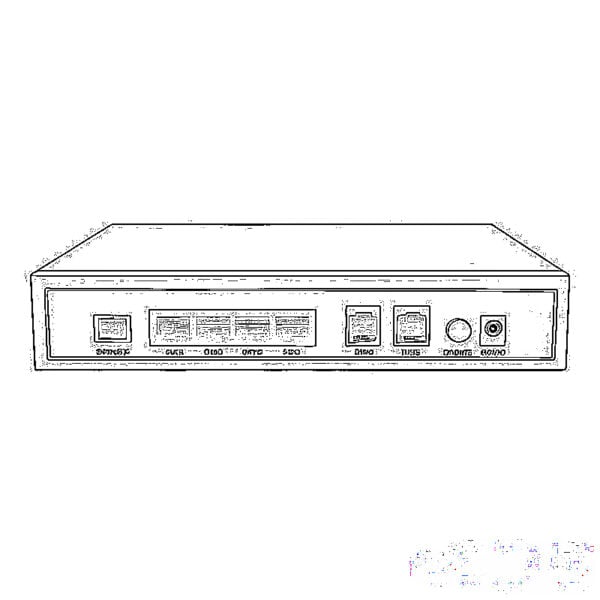
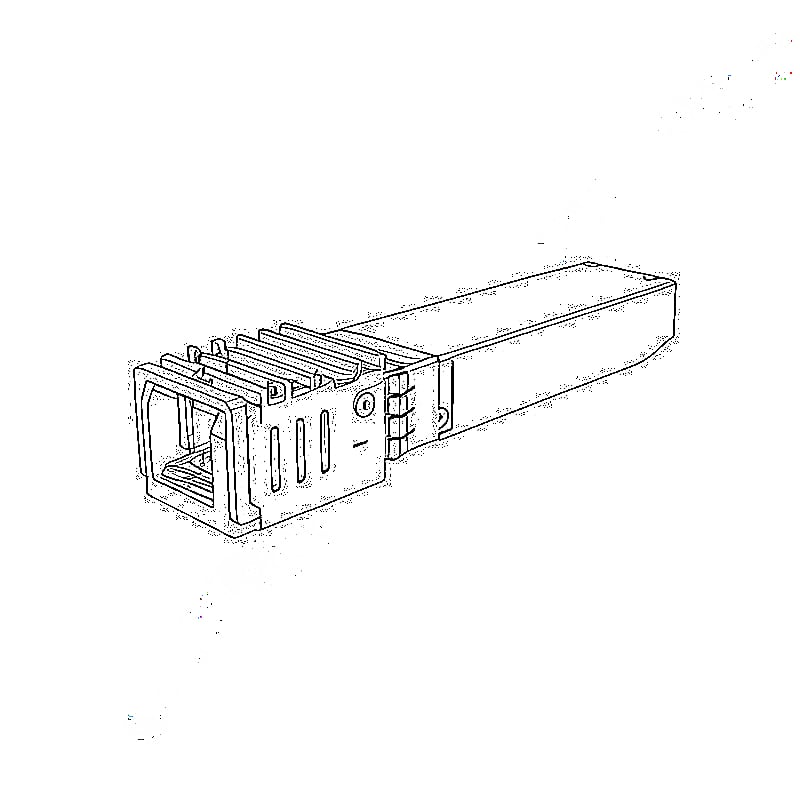
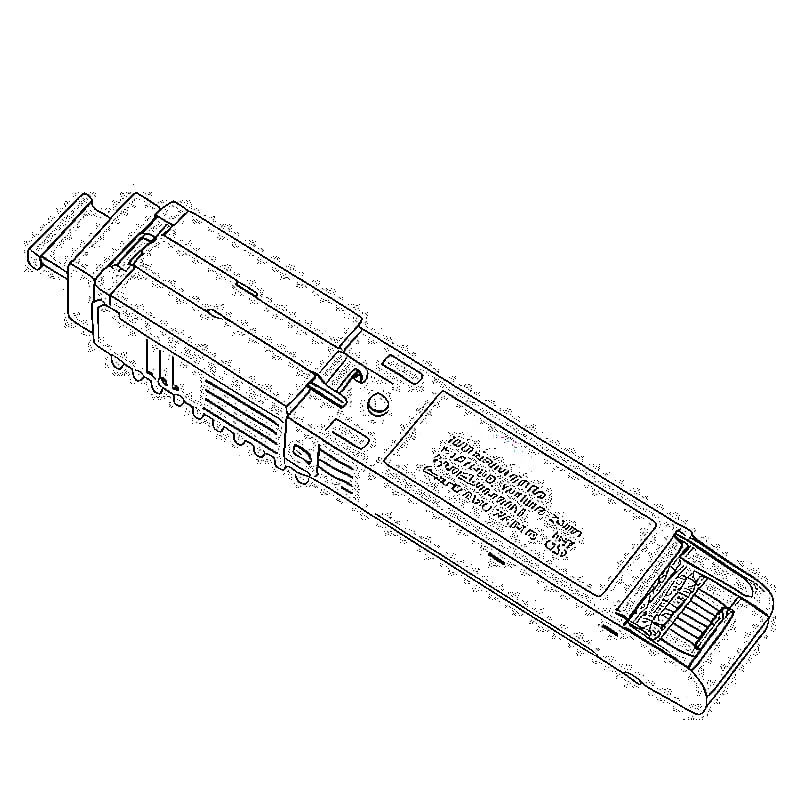
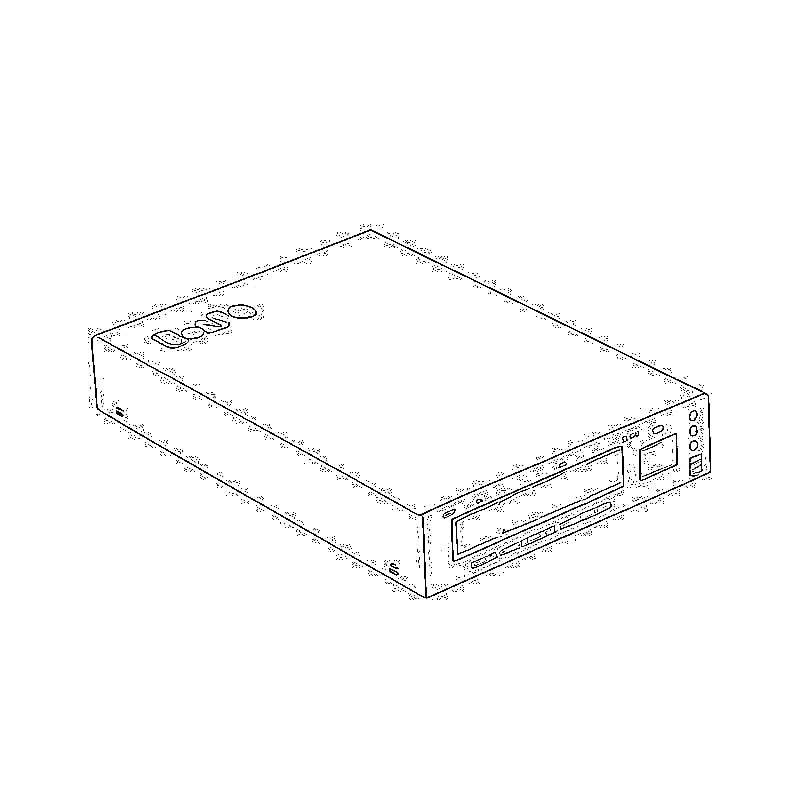
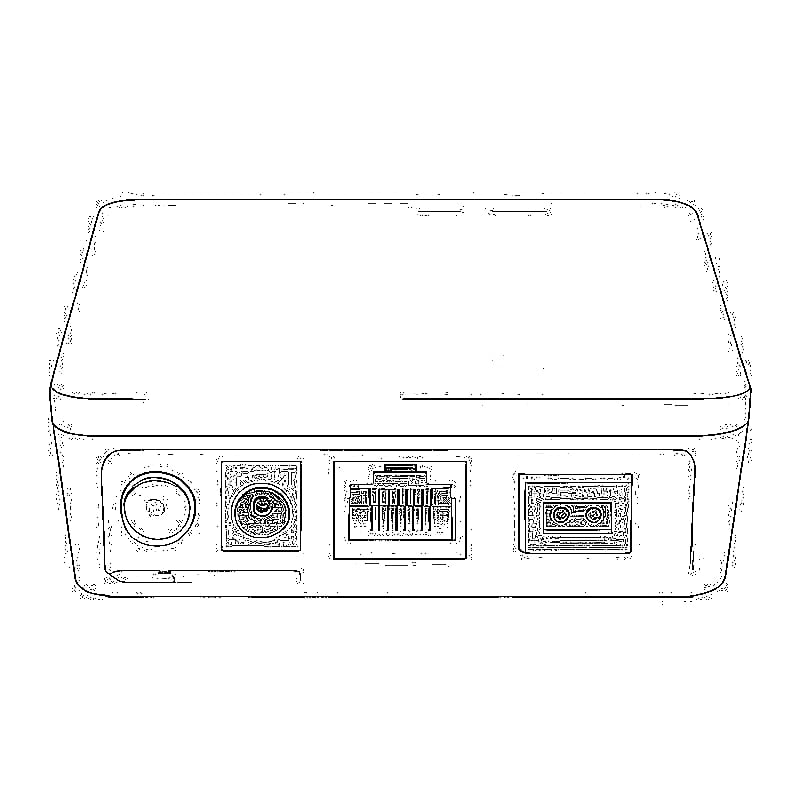
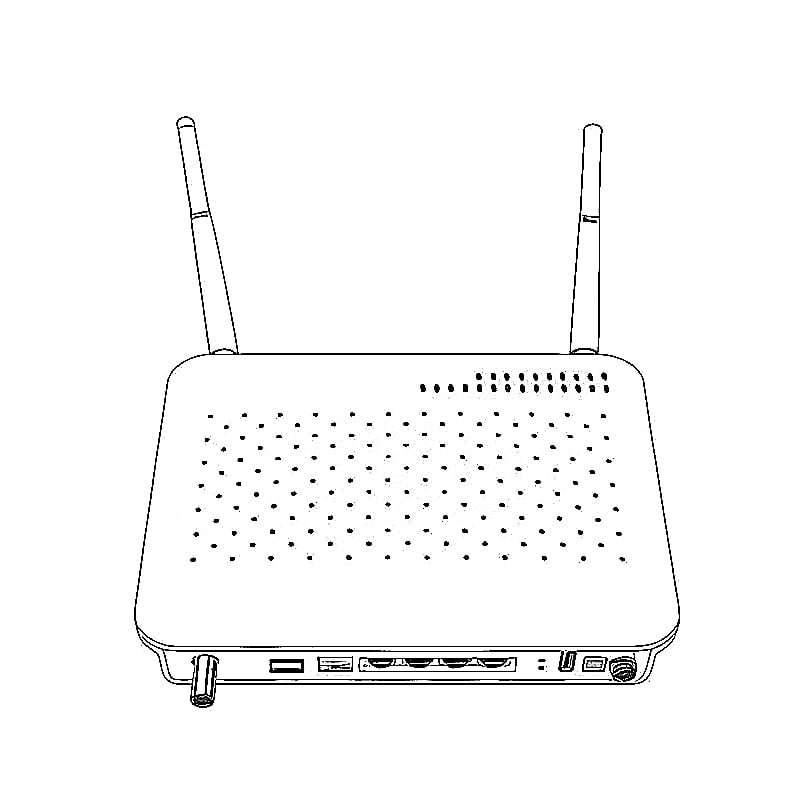
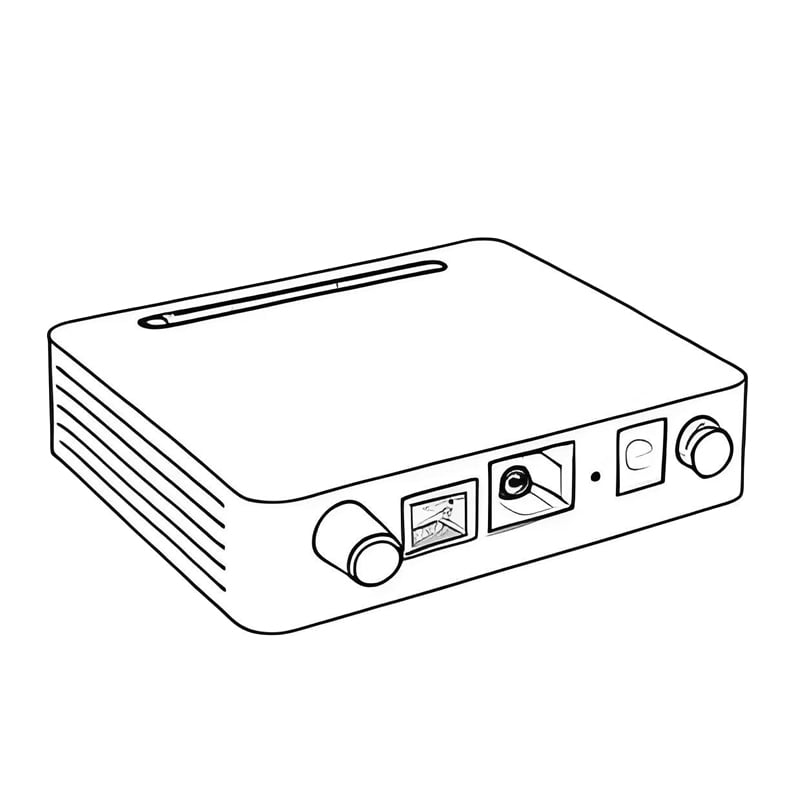
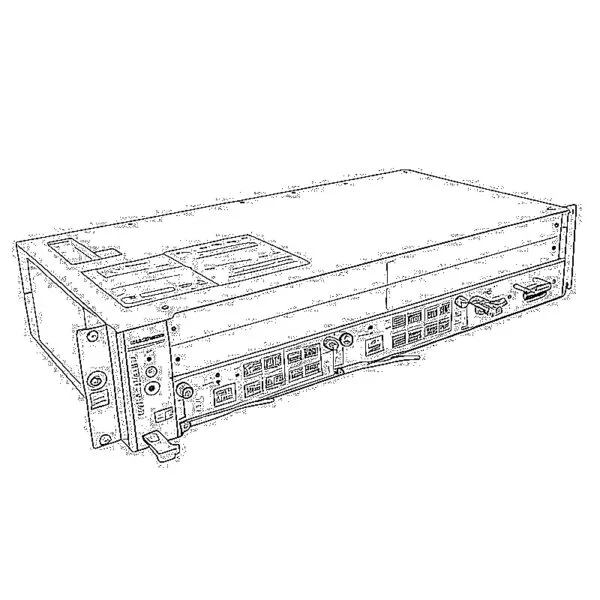
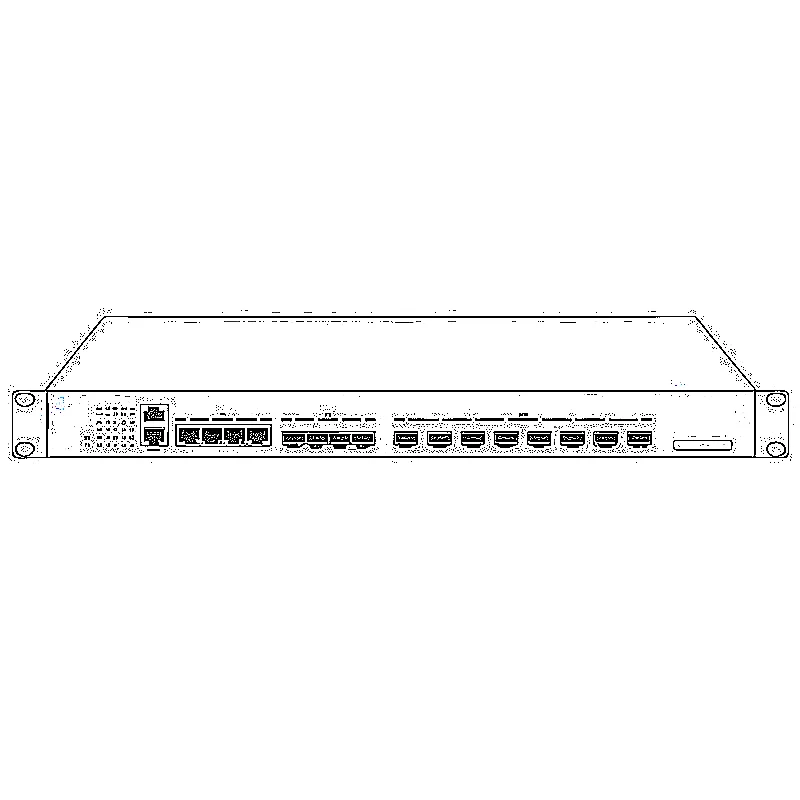
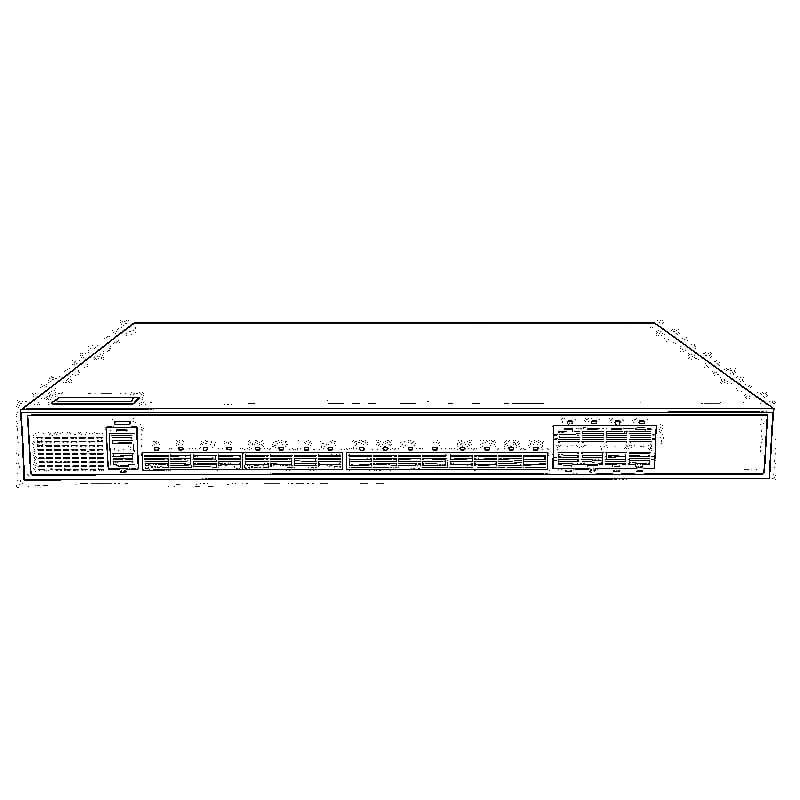

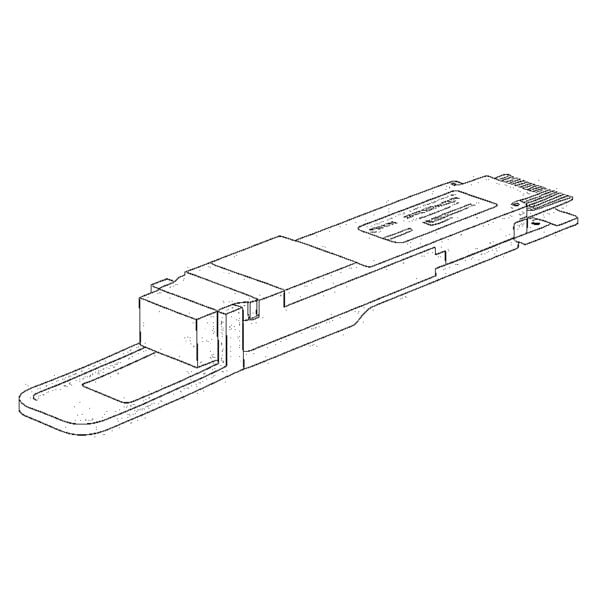
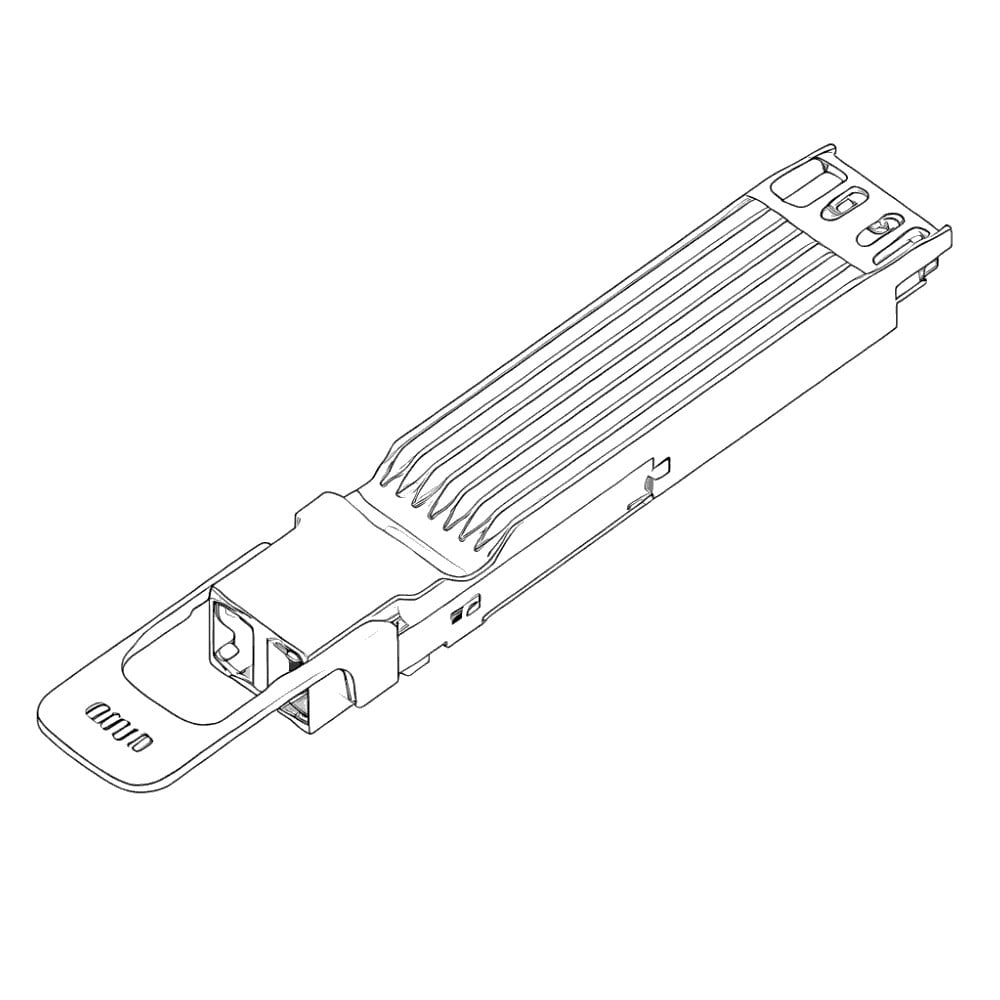
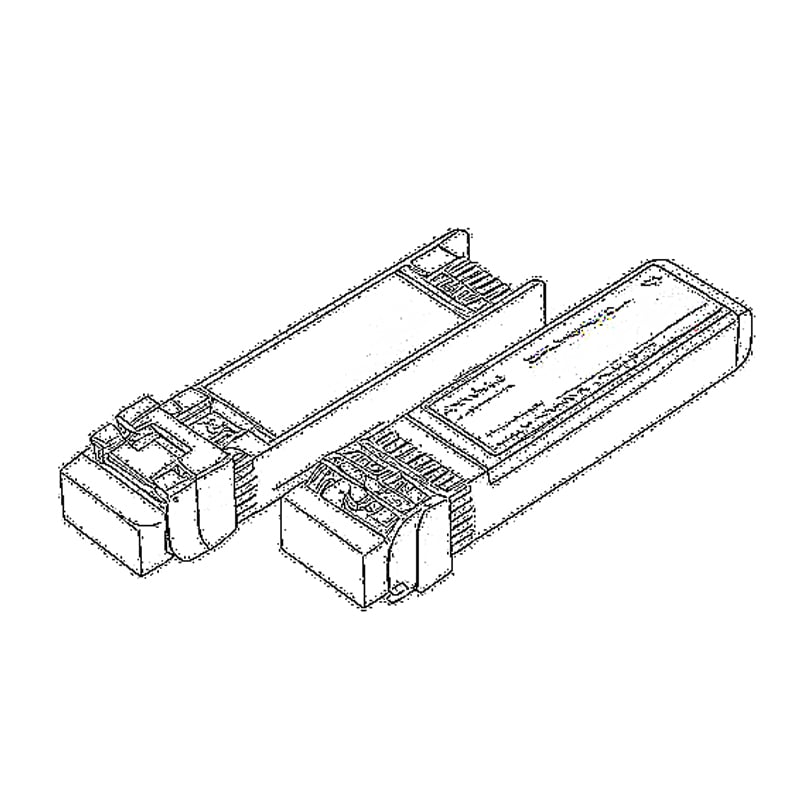
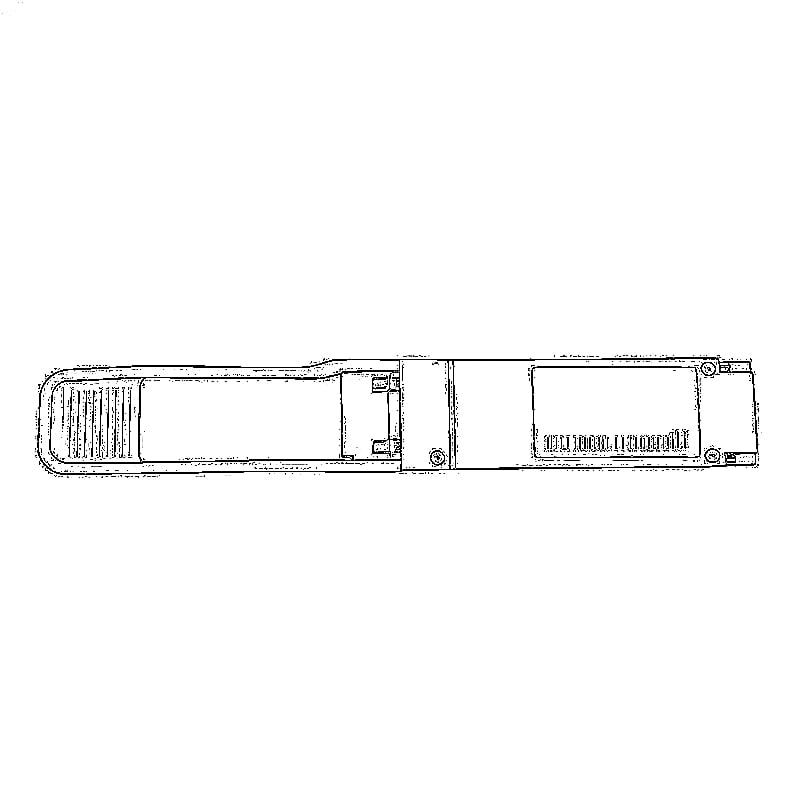
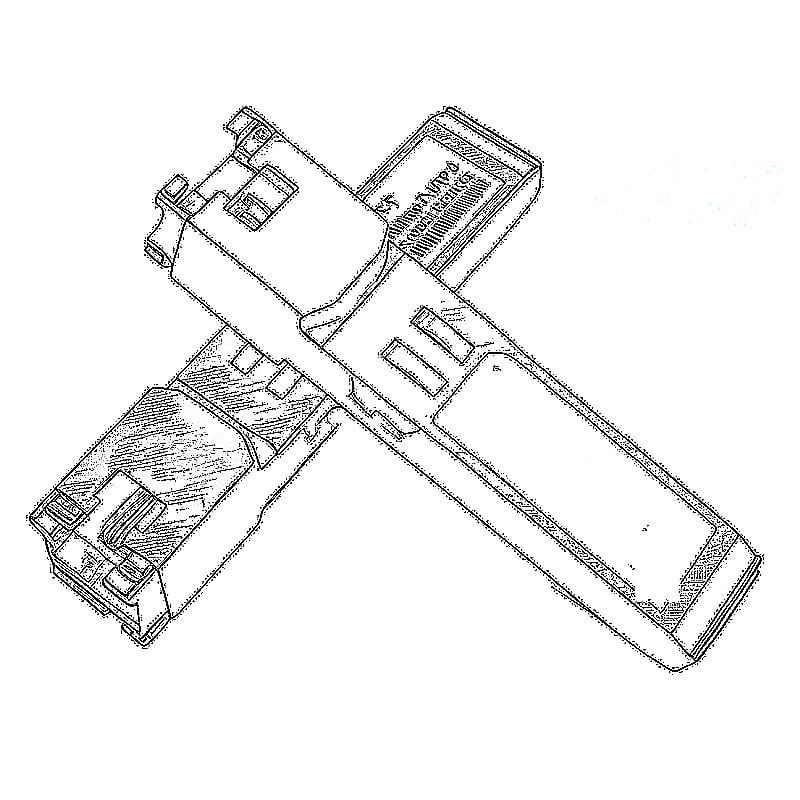
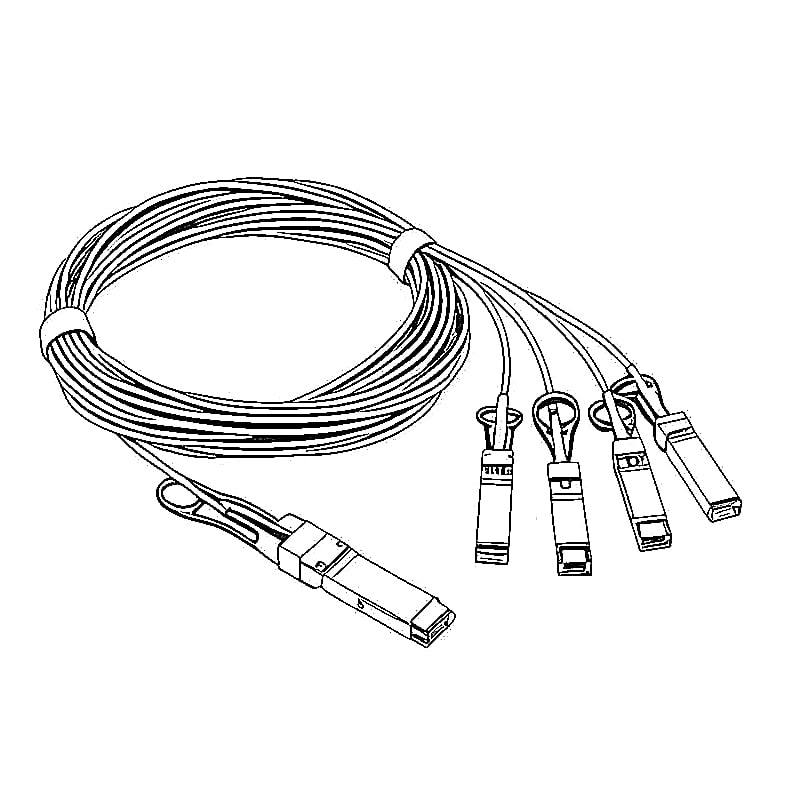

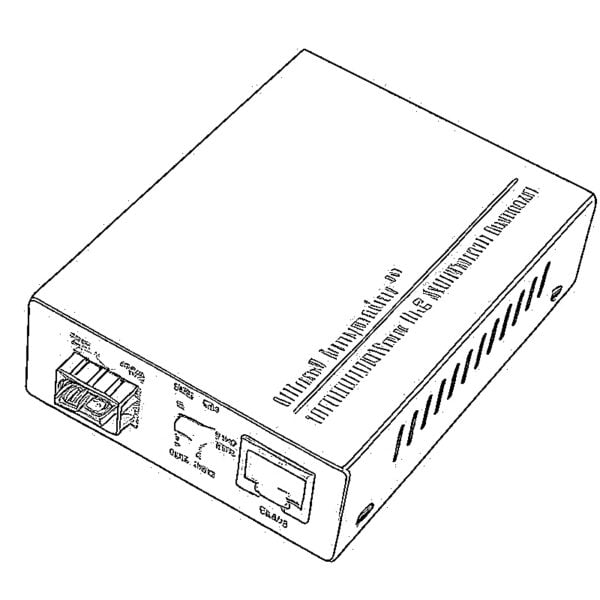
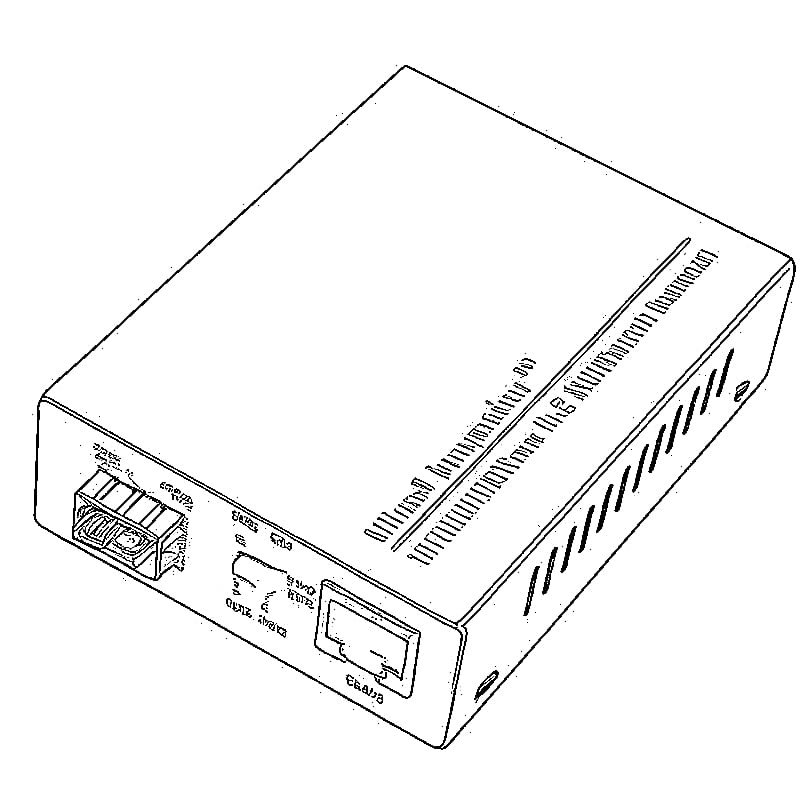
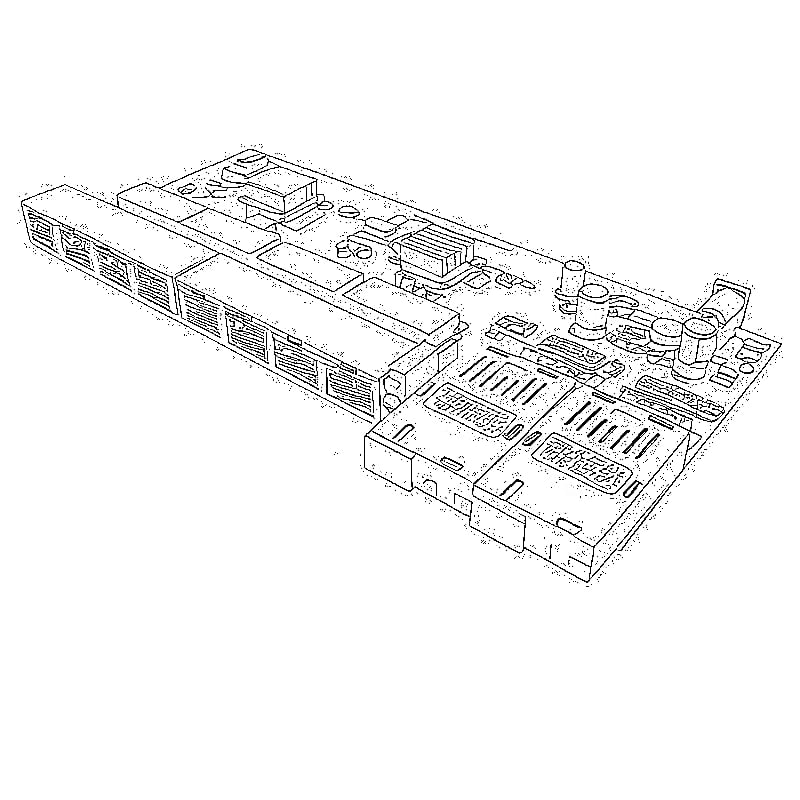
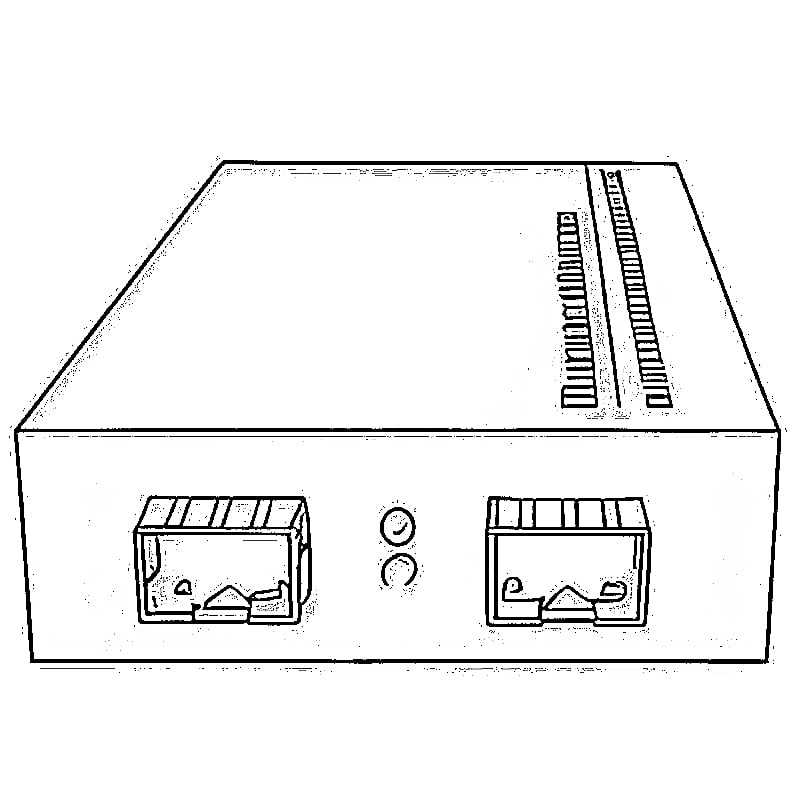
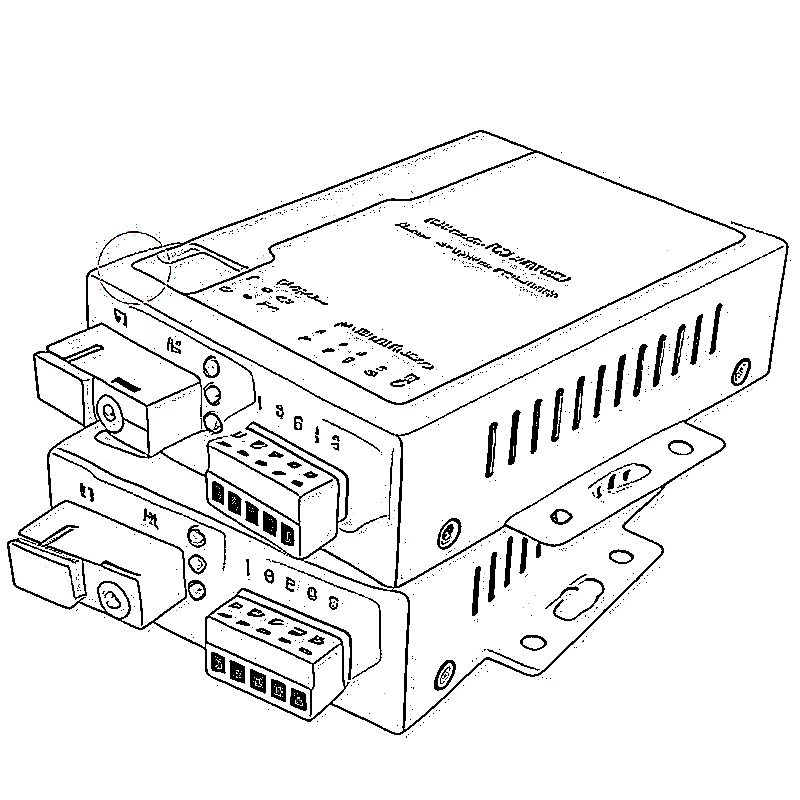
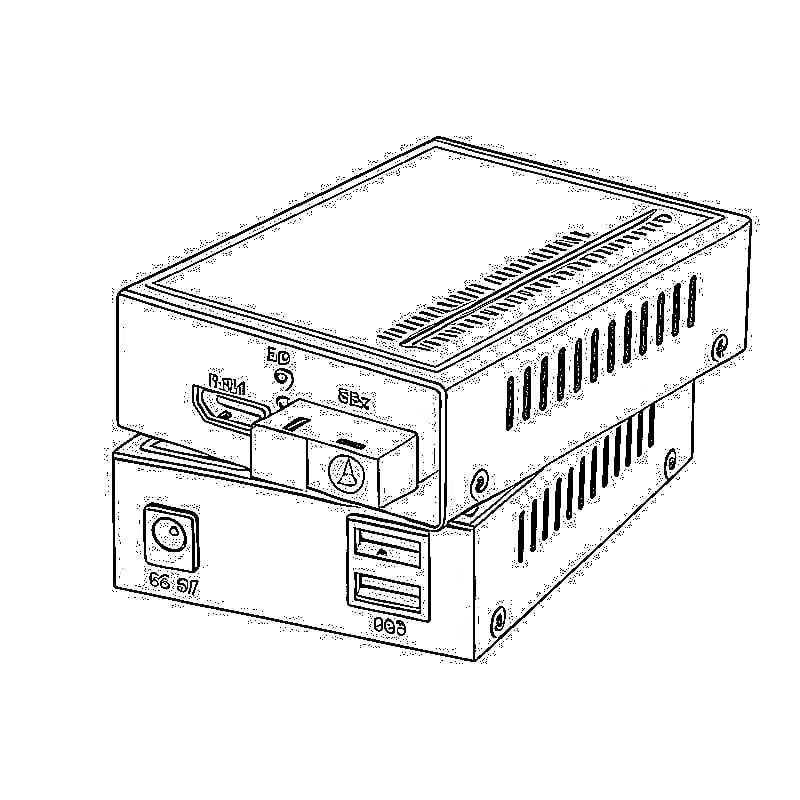
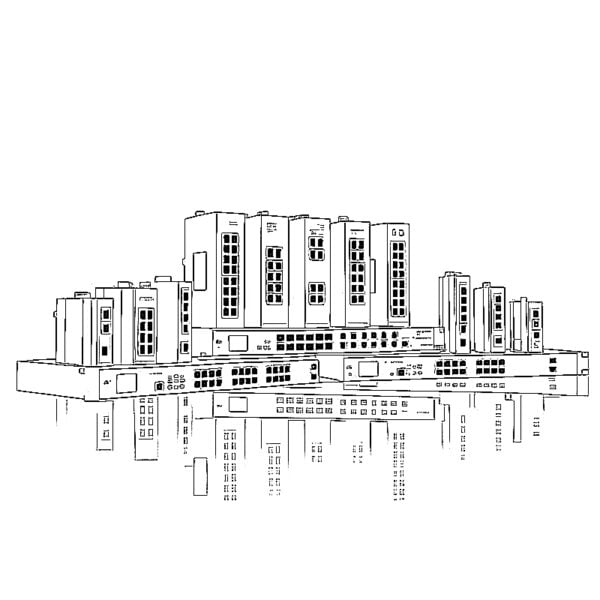
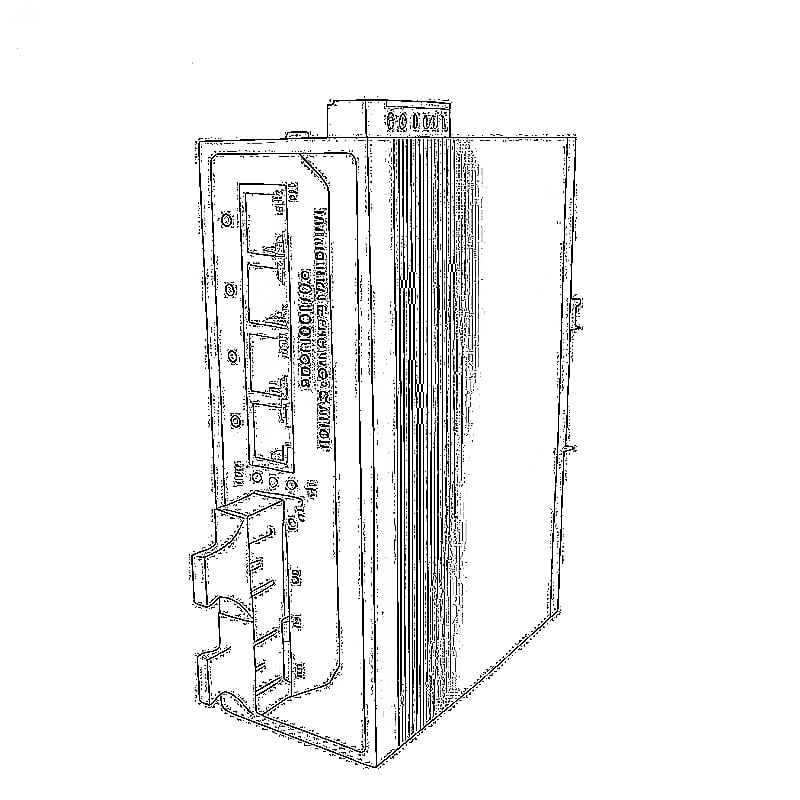

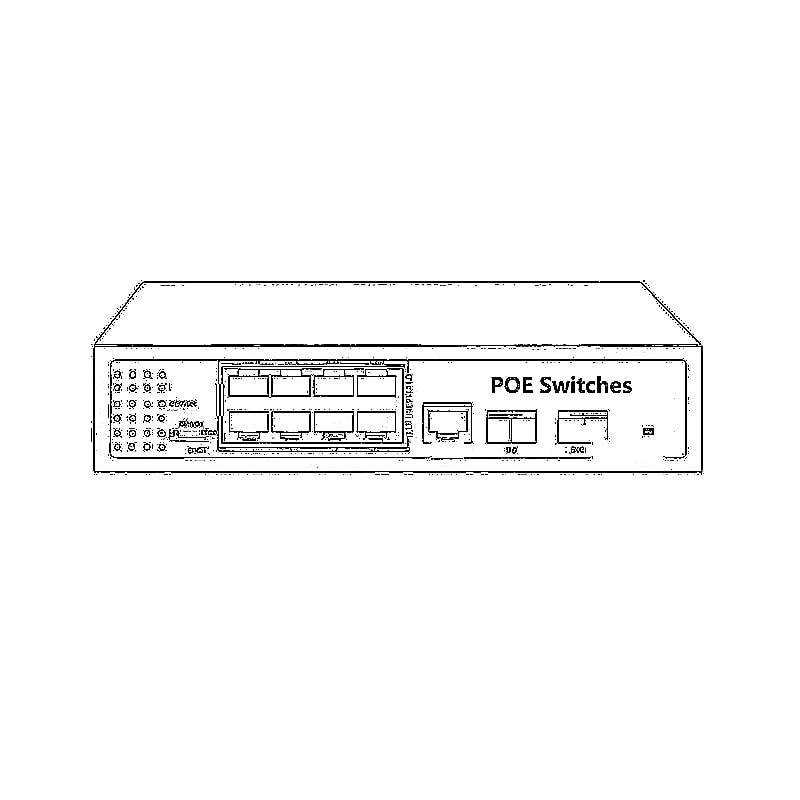
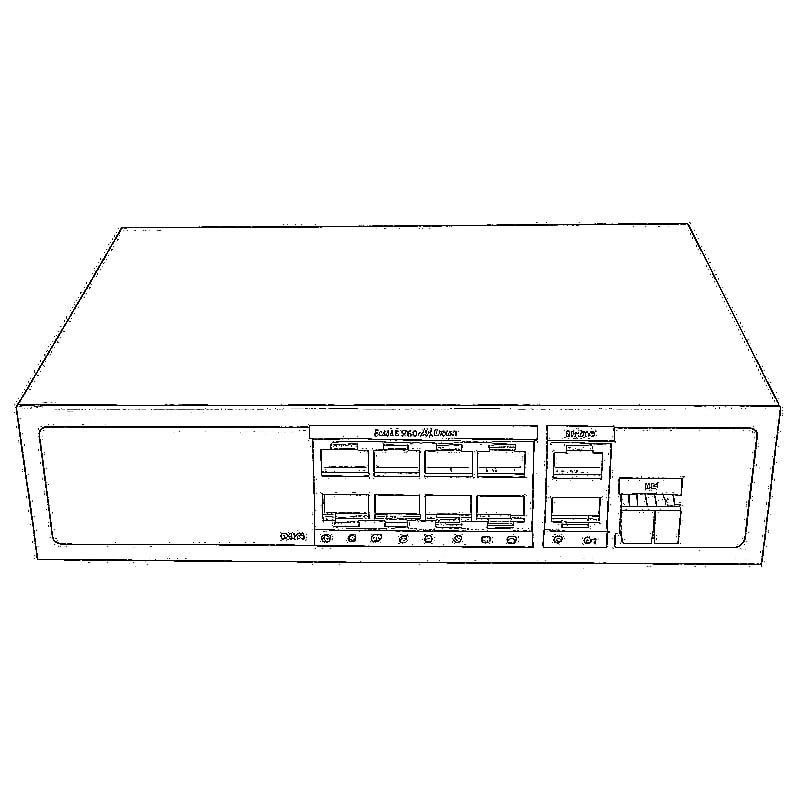
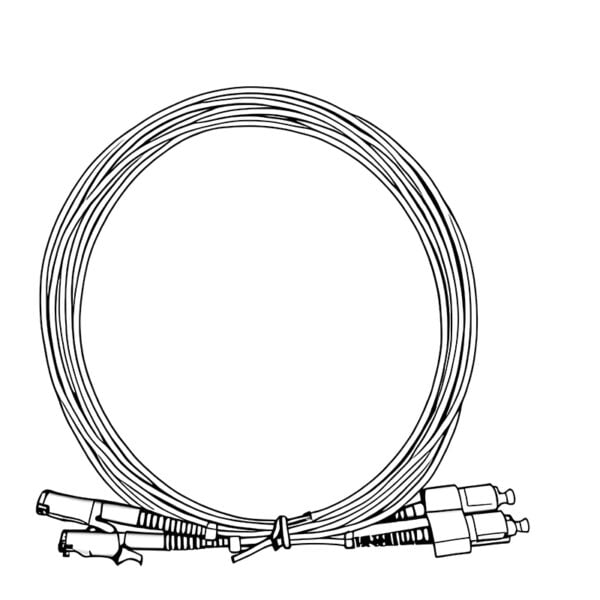
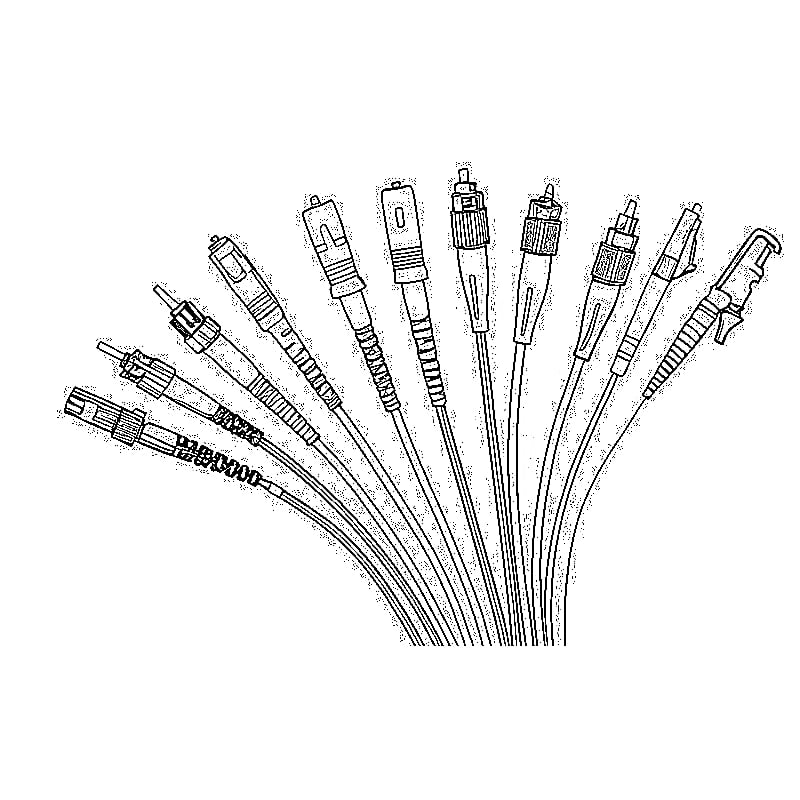
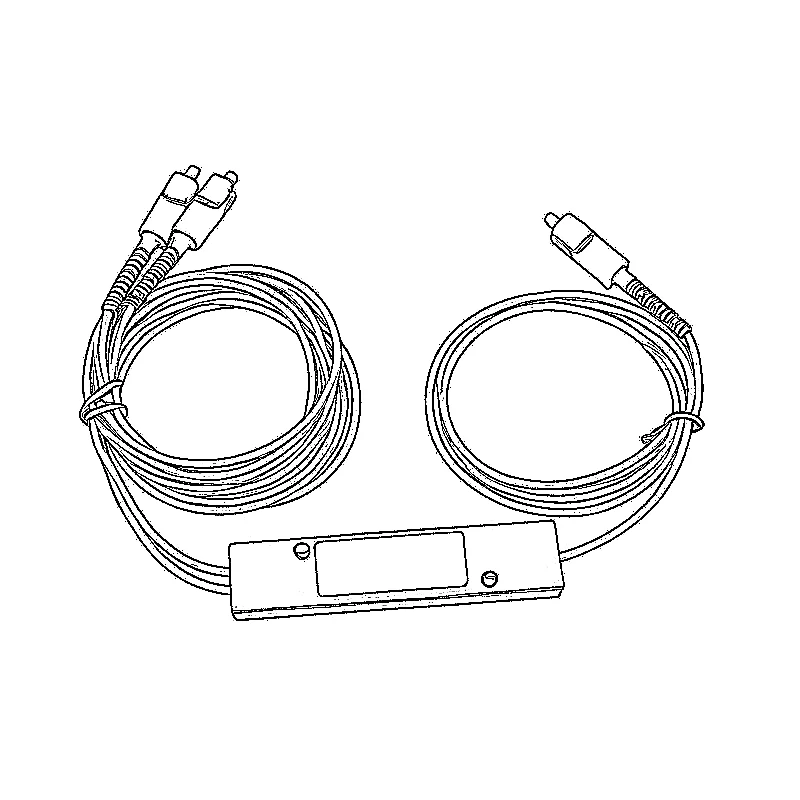
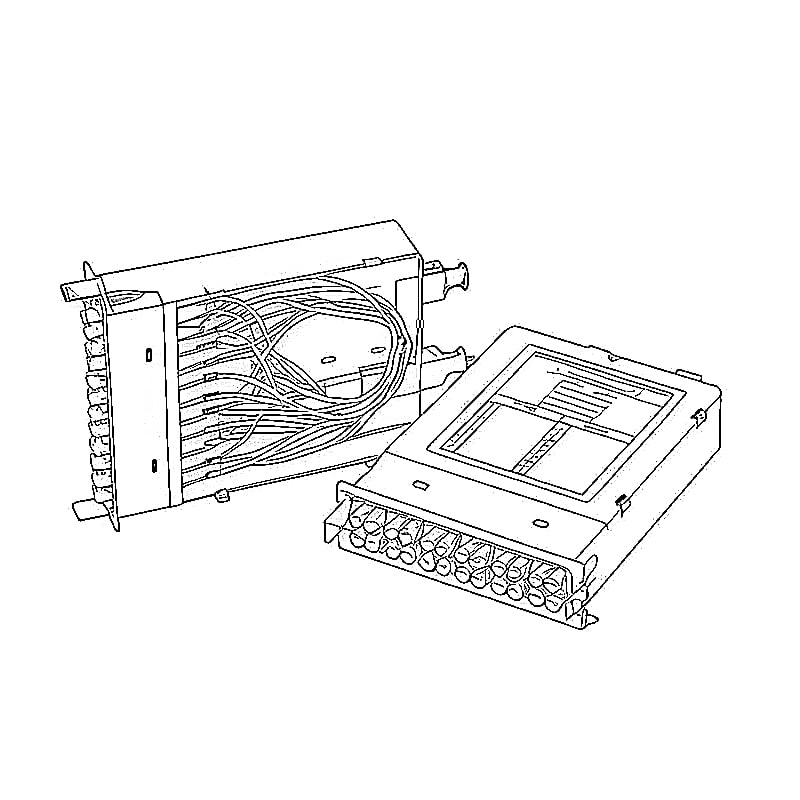
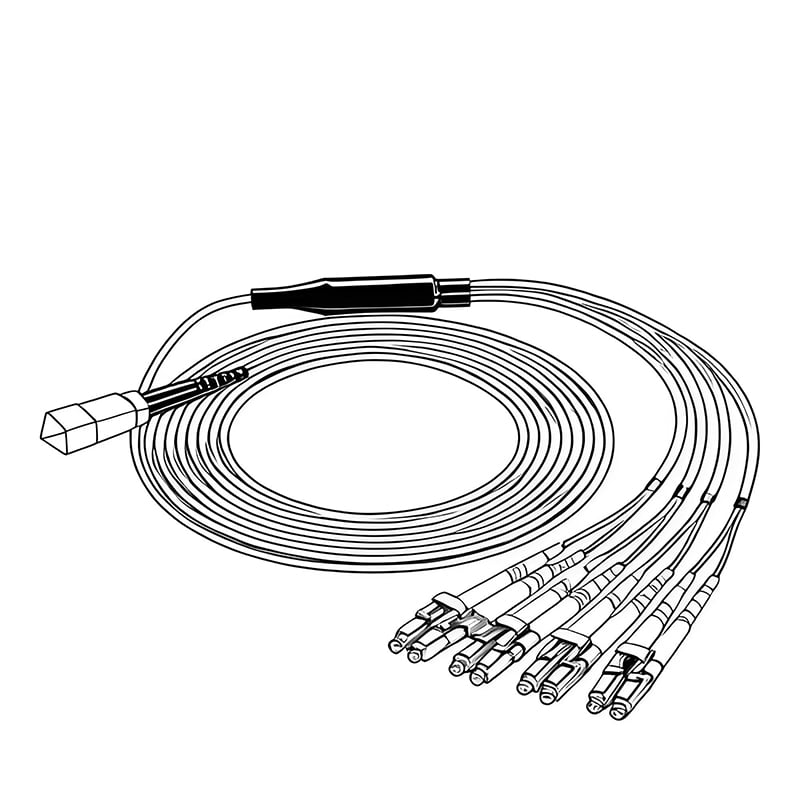
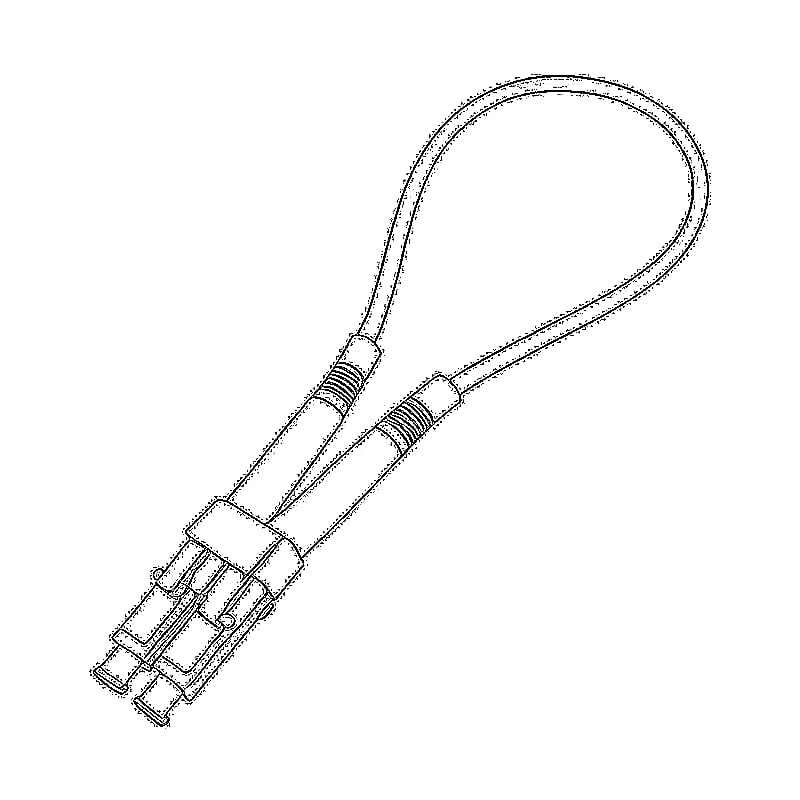
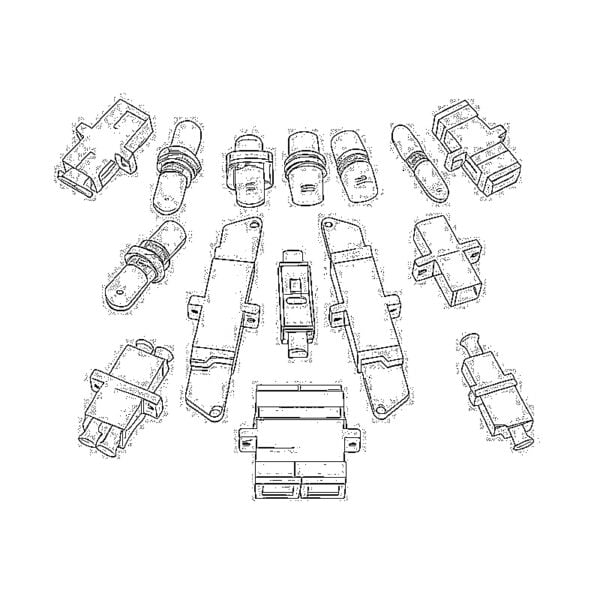
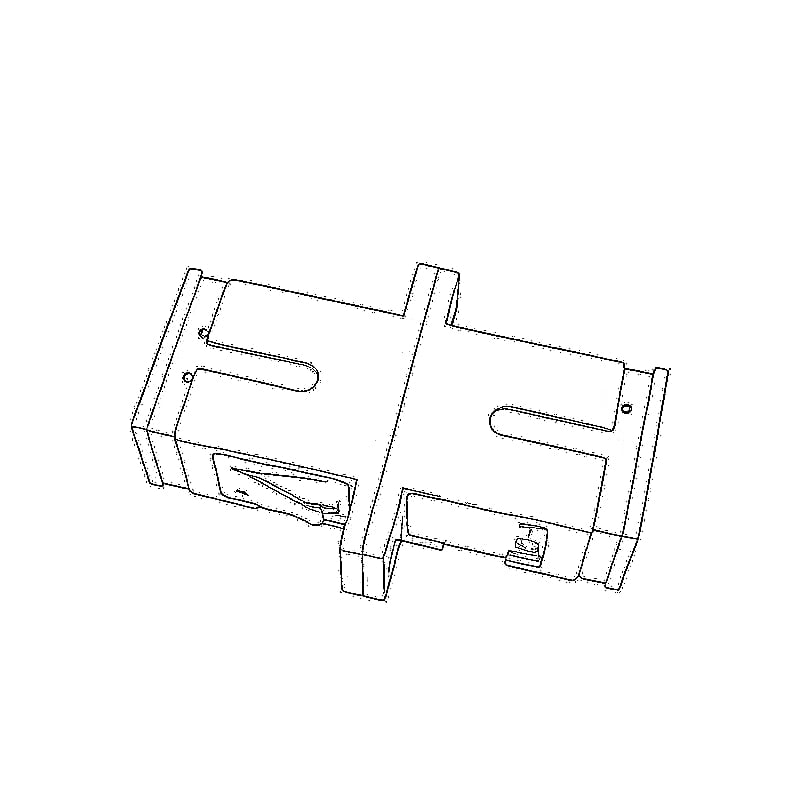
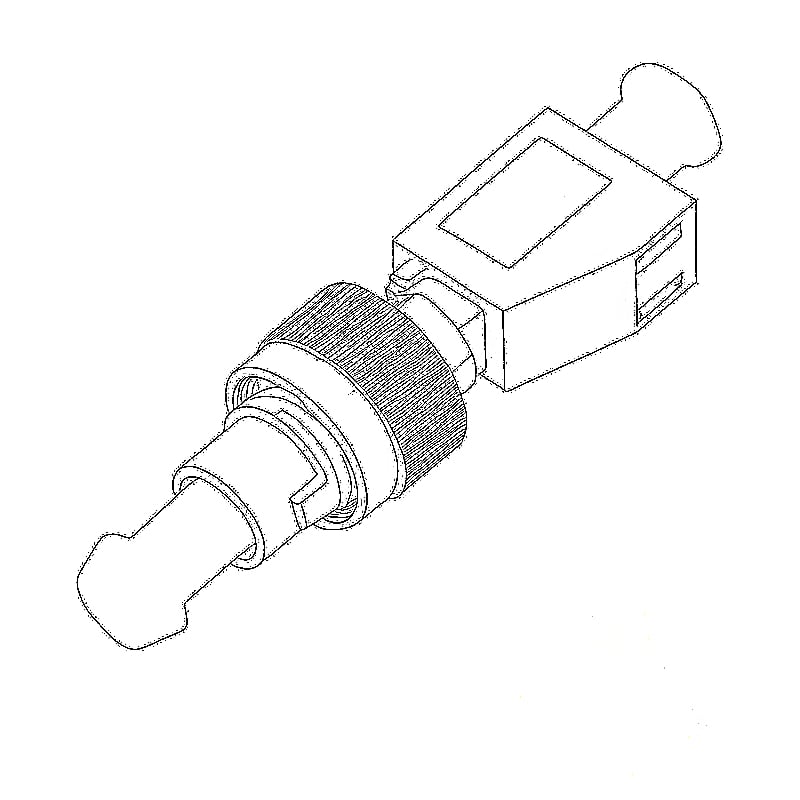
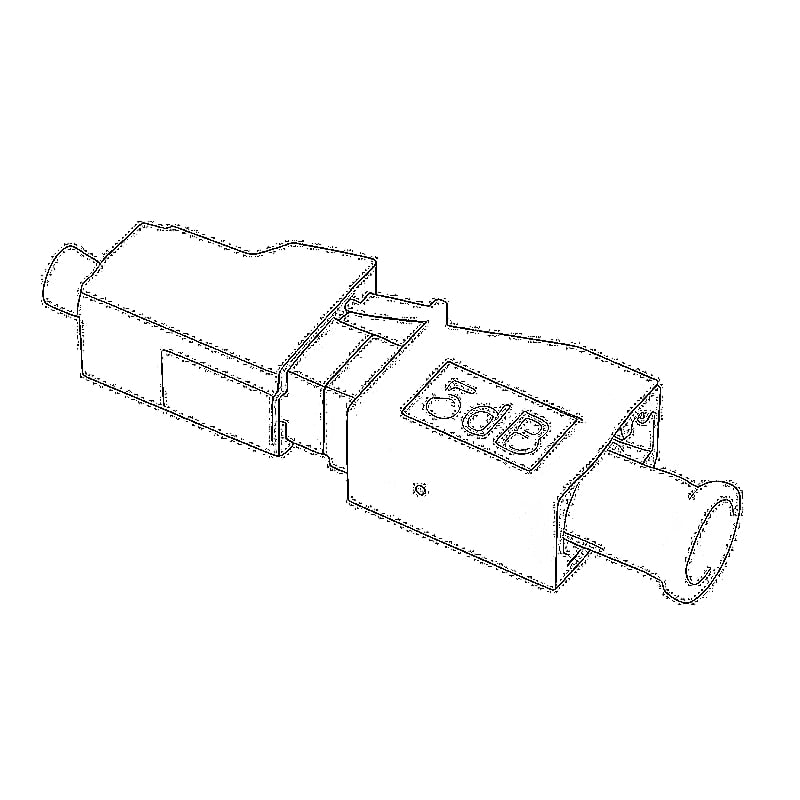
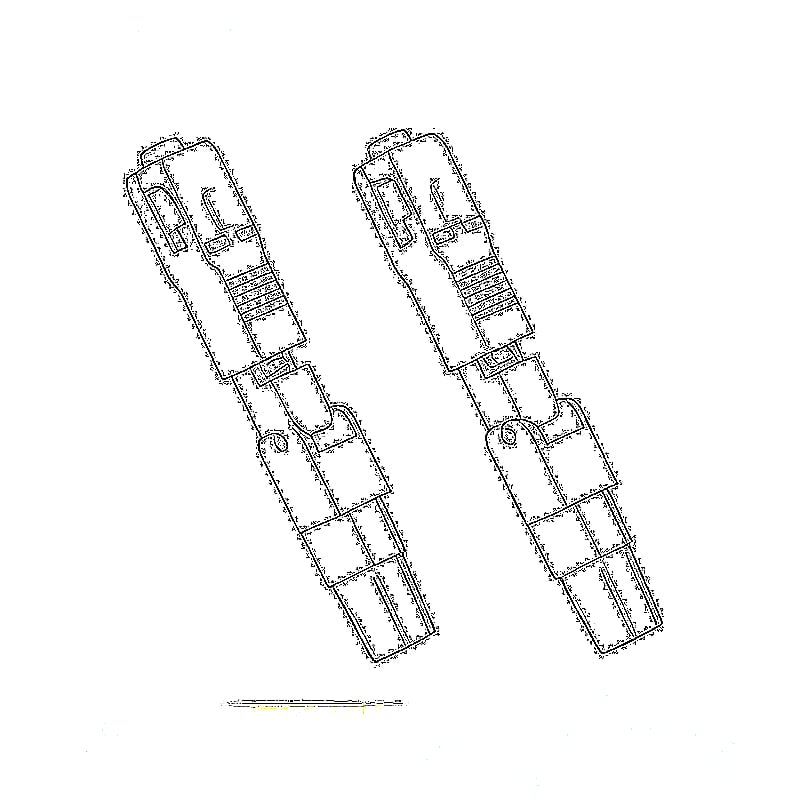
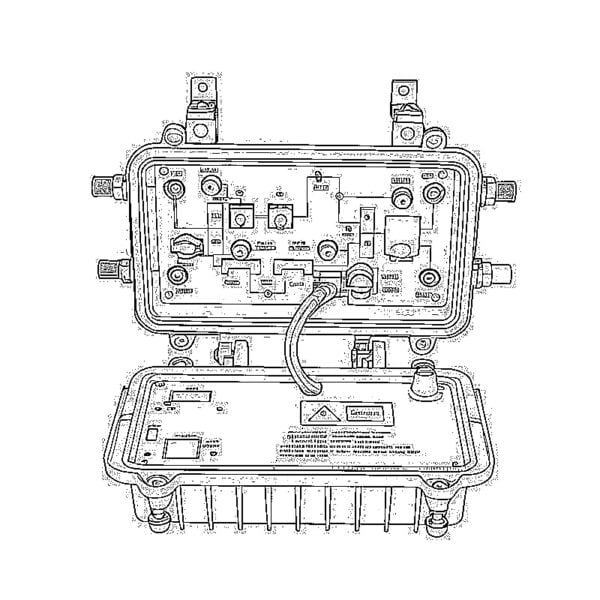
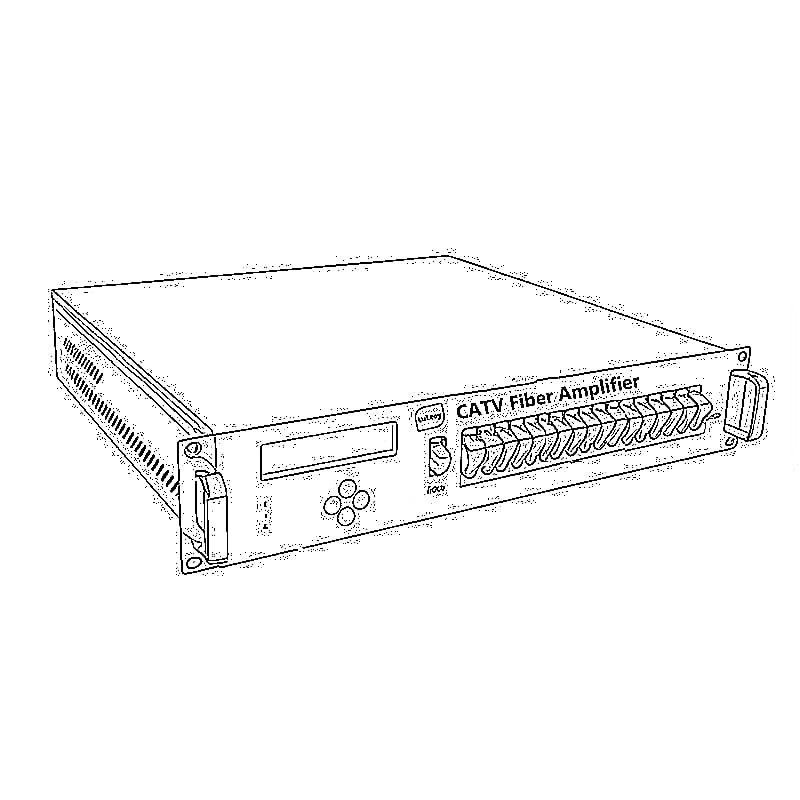
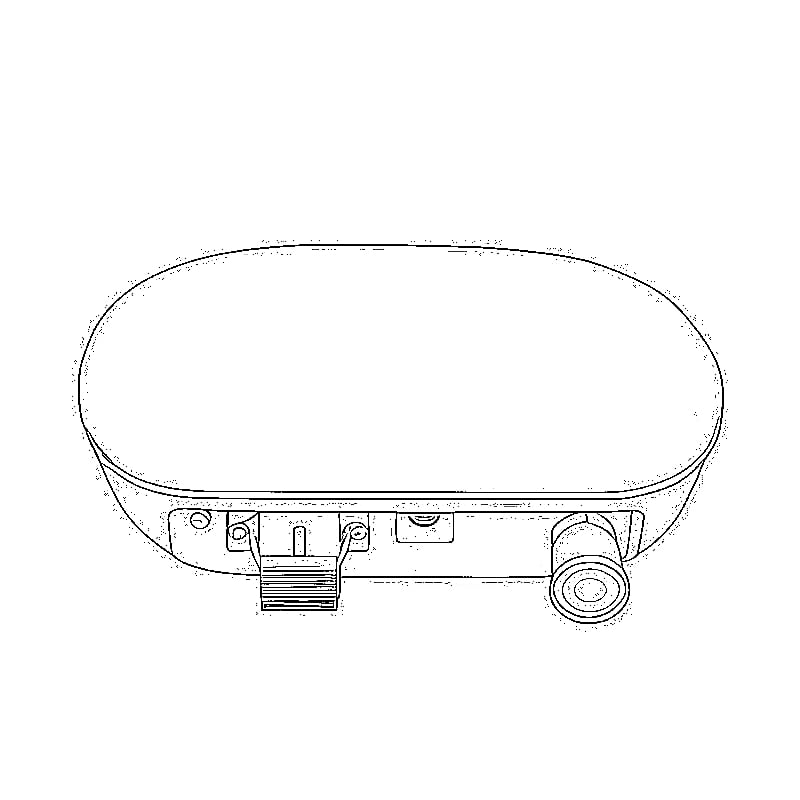
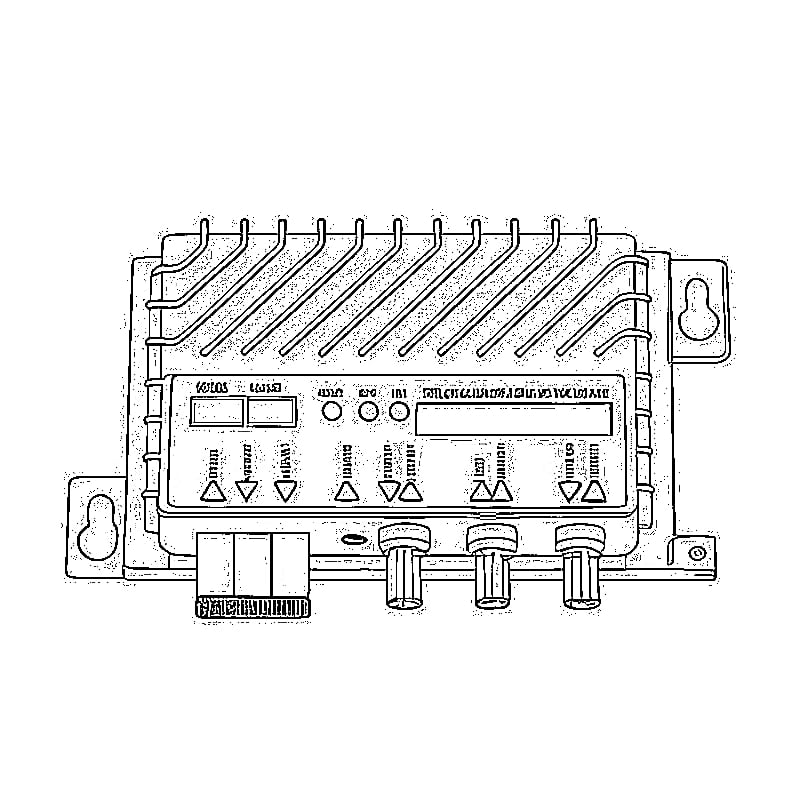

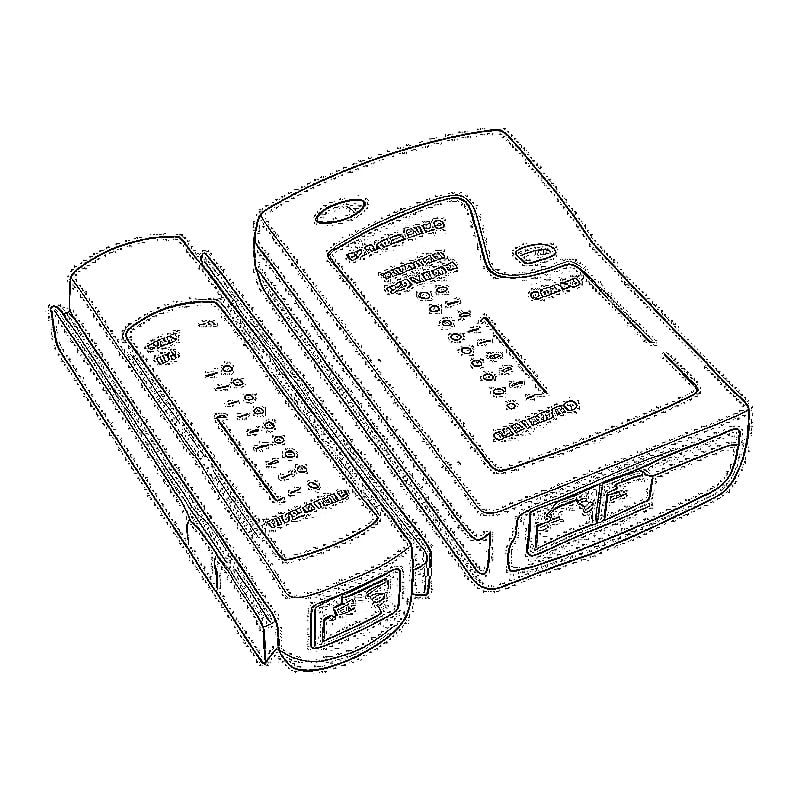
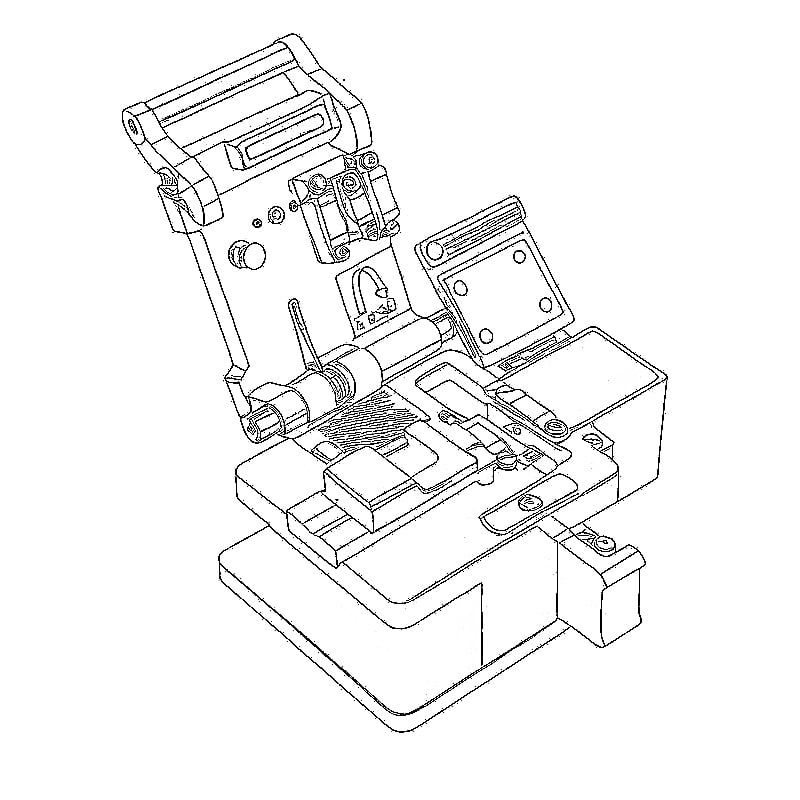
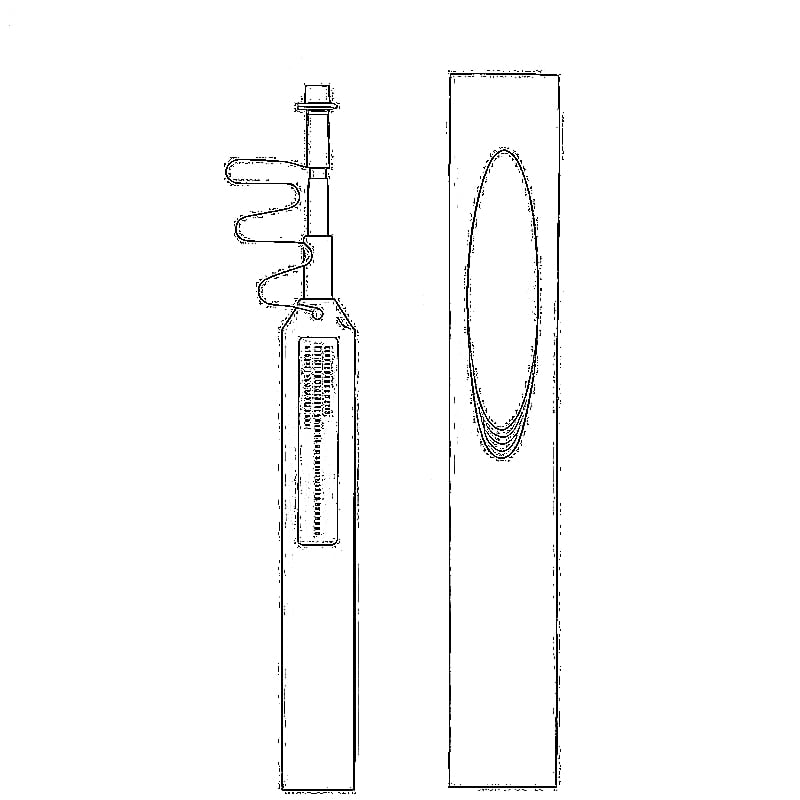


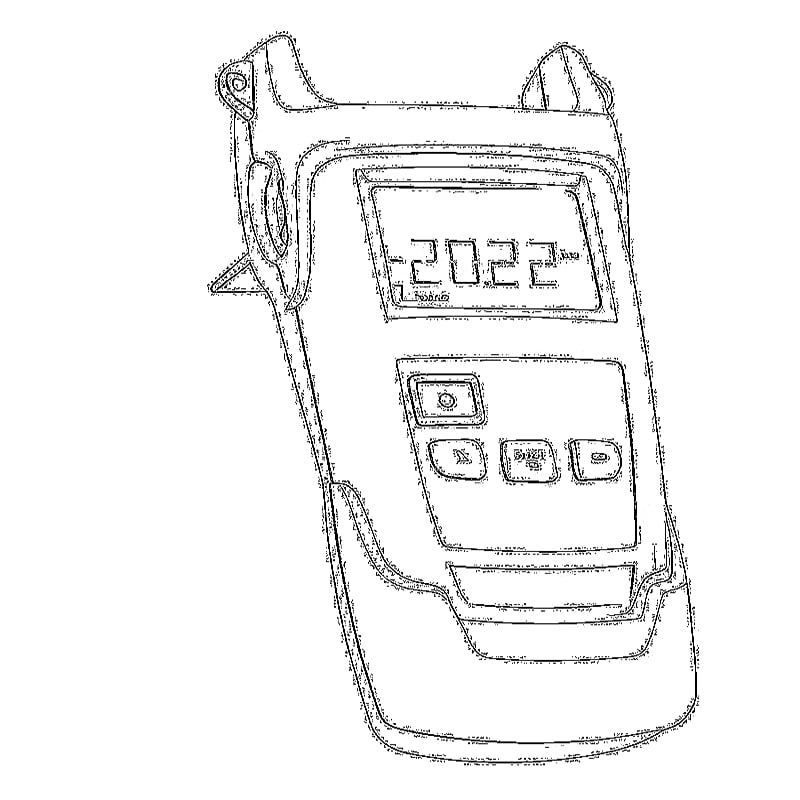

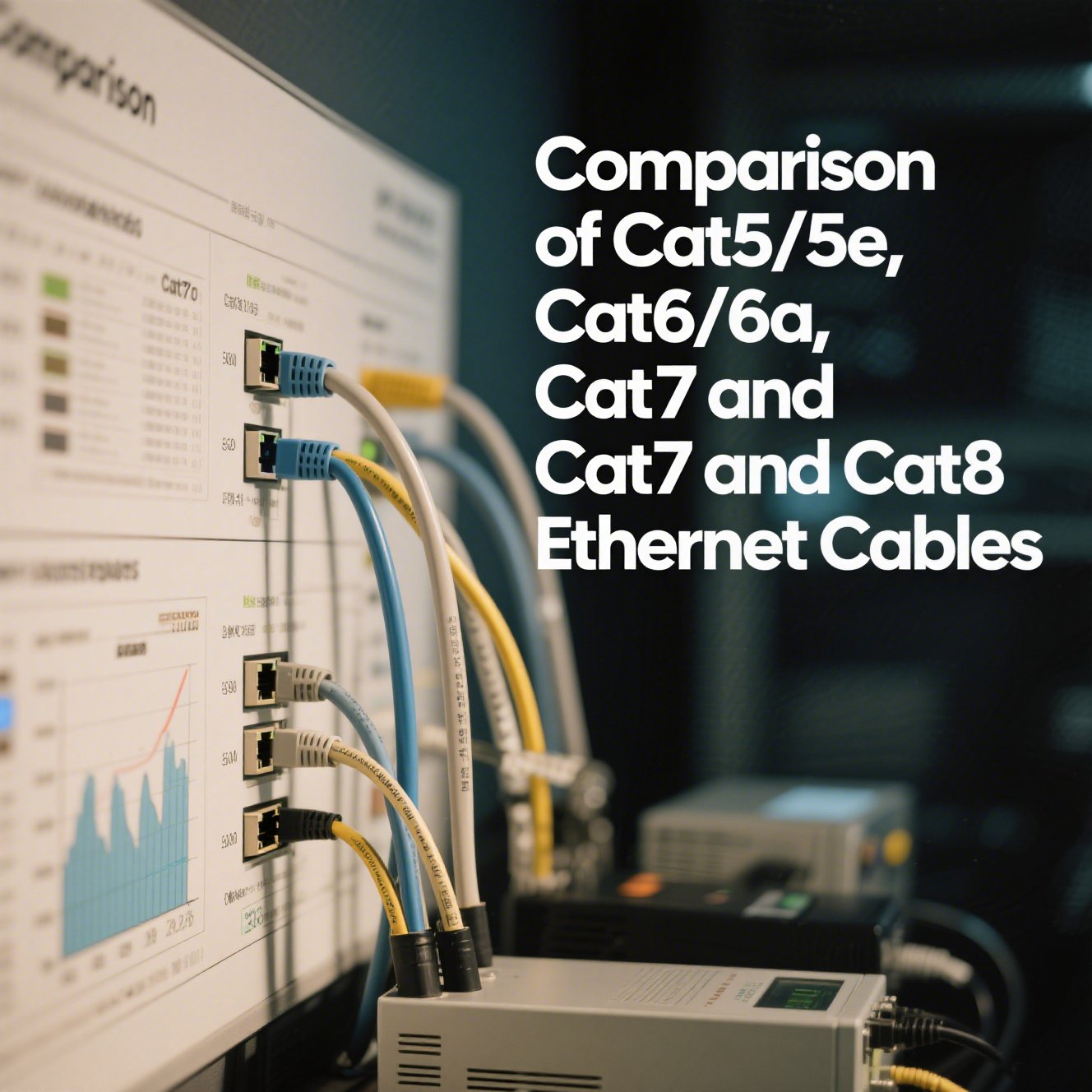
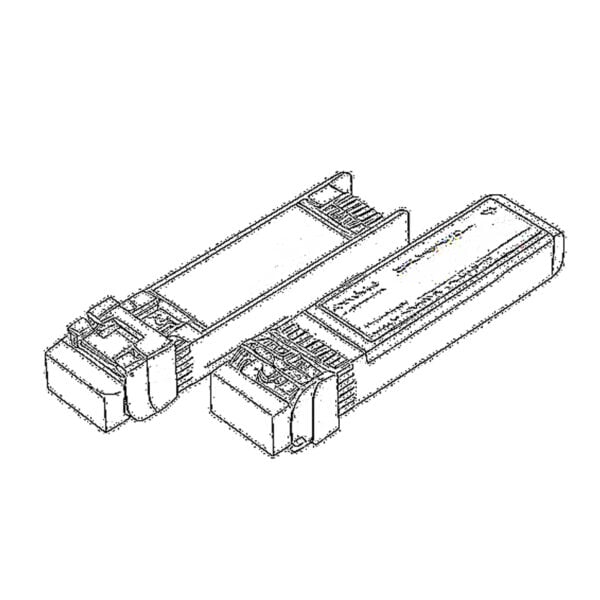 SFP/SFP+ (1G/2,5G/5G/10G)
SFP/SFP+ (1G/2,5G/5G/10G)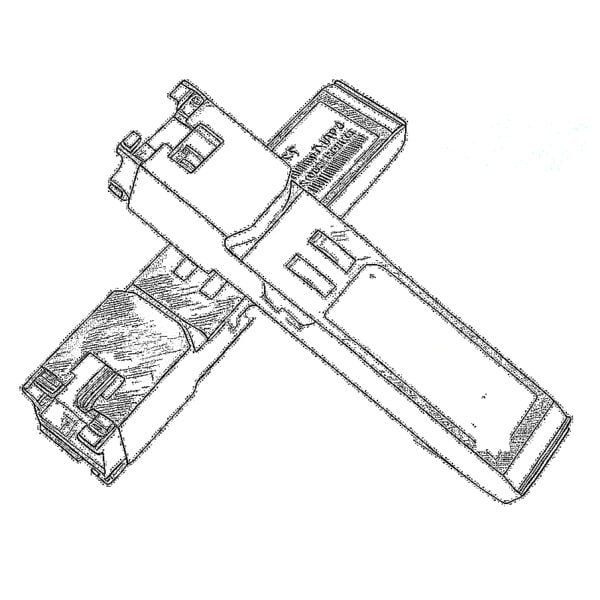 SFP-T (1G/2,5G/10G)
SFP-T (1G/2,5G/10G)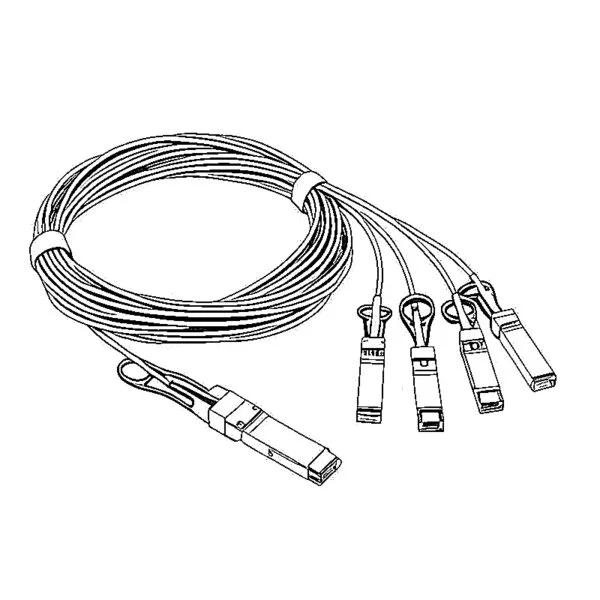 Cable AOC 10G/25G/40G/100G
Cable AOC 10G/25G/40G/100G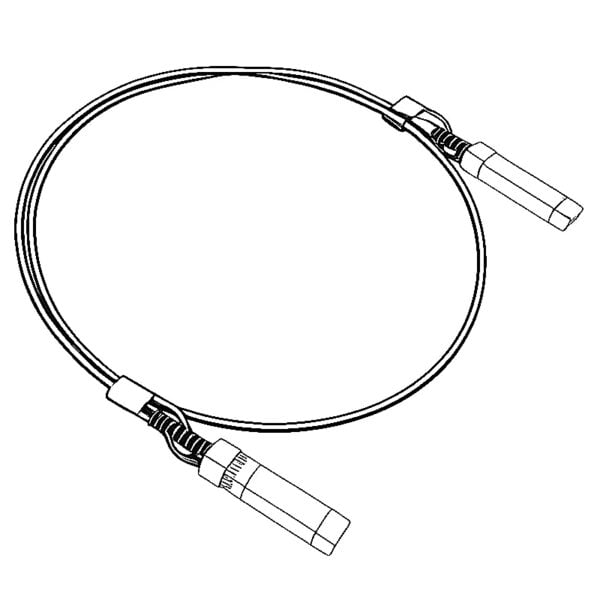 Cable DAC 10G/25G/40G/100G
Cable DAC 10G/25G/40G/100G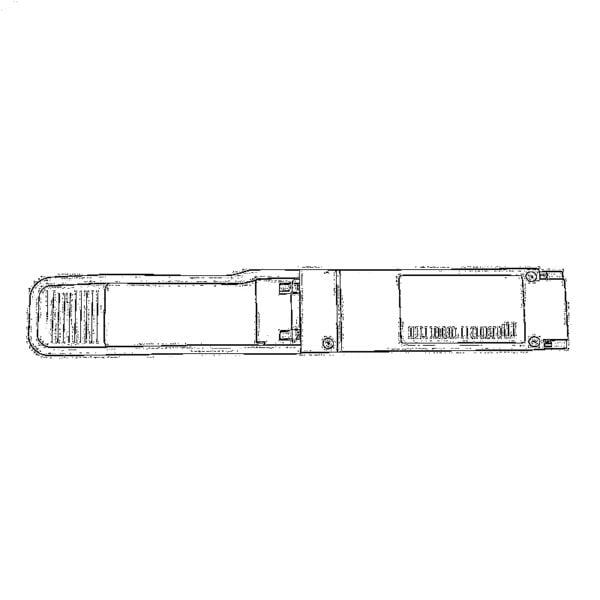 QSFP28 QSFP+ SFP28 100G/40G/25G
QSFP28 QSFP+ SFP28 100G/40G/25G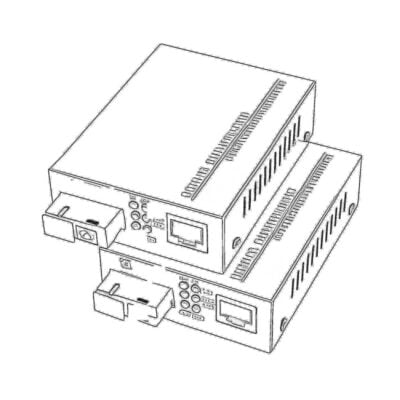 Convertidores de medios de cobre a fibra
Convertidores de medios de cobre a fibra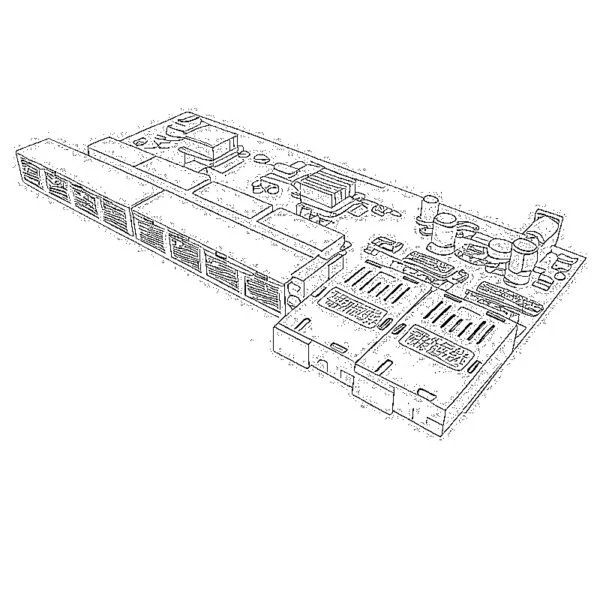 Placa PCBA del convertidor de medios de fibra
Placa PCBA del convertidor de medios de fibra Convertidores de medios de fibra OEO
Convertidores de medios de fibra OEO Convertidores de medios de serie a fibra
Convertidores de medios de serie a fibra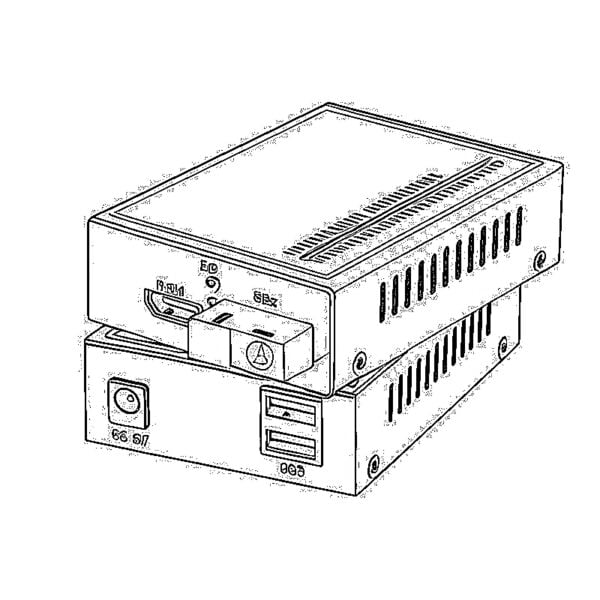 Convertidores de vídeo a medios de fibra
Convertidores de vídeo a medios de fibra 1000M GPON/EPON ONU
1000M GPON/EPON ONU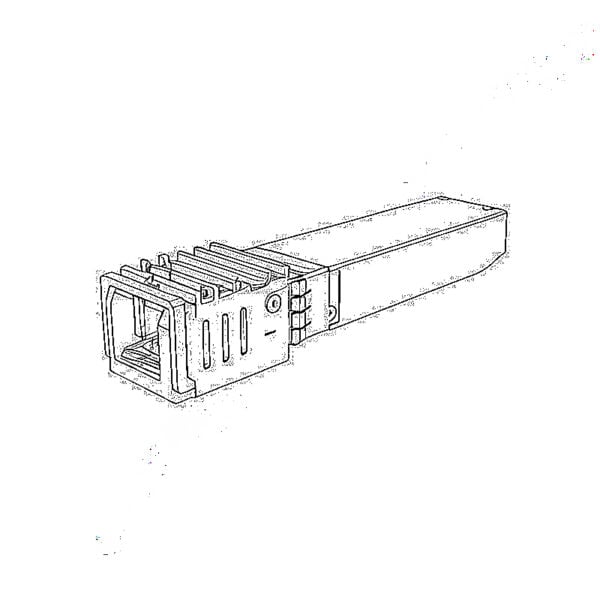 10G EPON ONU/XG-PON/XGS-PON
10G EPON ONU/XG-PON/XGS-PON 2.5G GPON/XPON STICK SFP ONU
2.5G GPON/XPON STICK SFP ONU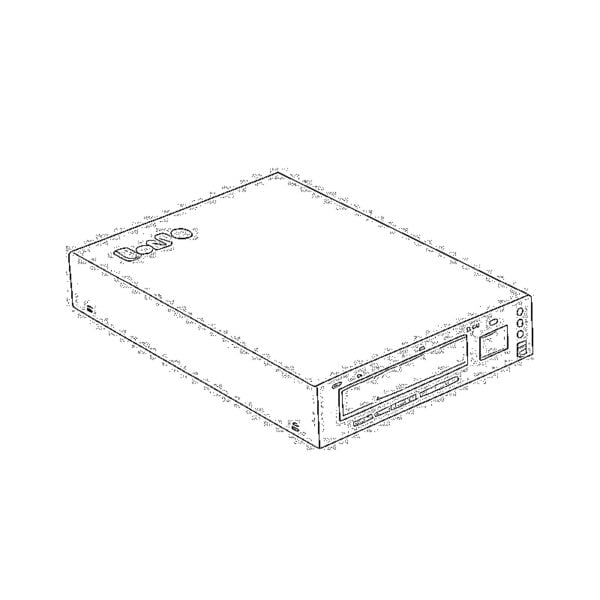 POE GPON/EPON ONU
POE GPON/EPON ONU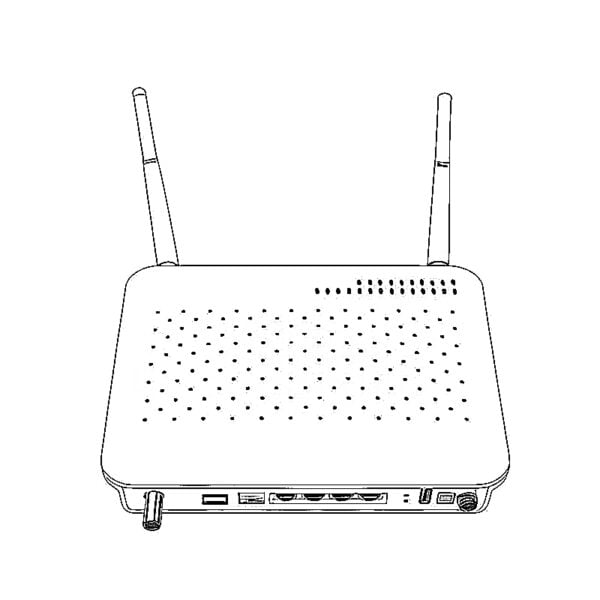 ONT inalámbrica GPON/EPON
ONT inalámbrica GPON/EPON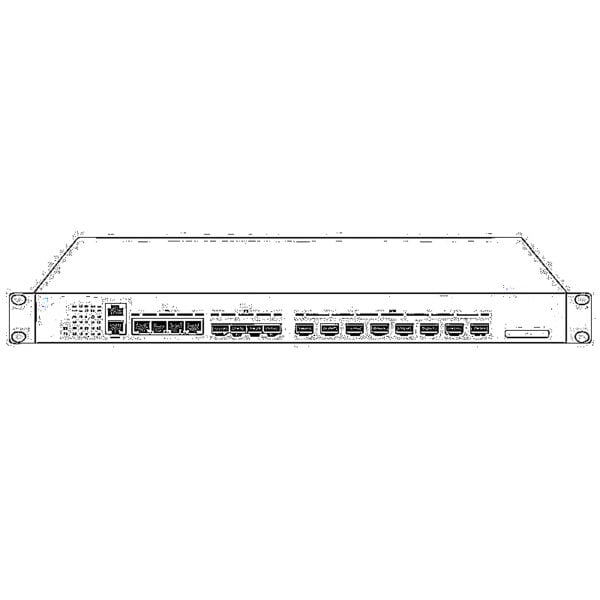 EPON OLT
EPON OLT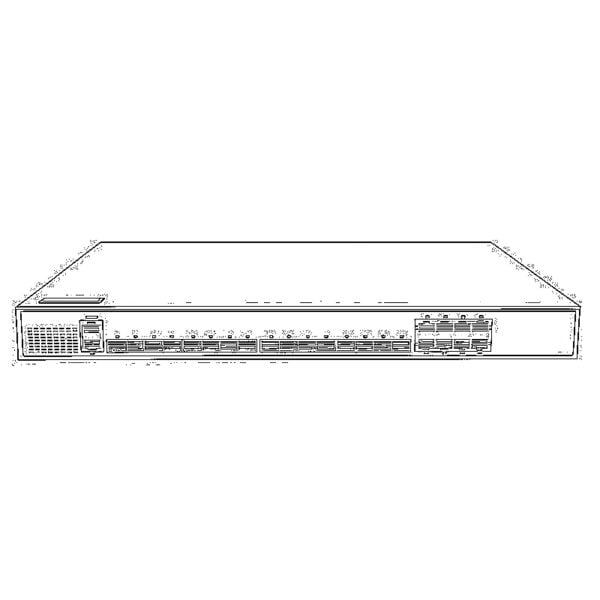 OLT GPON
OLT GPON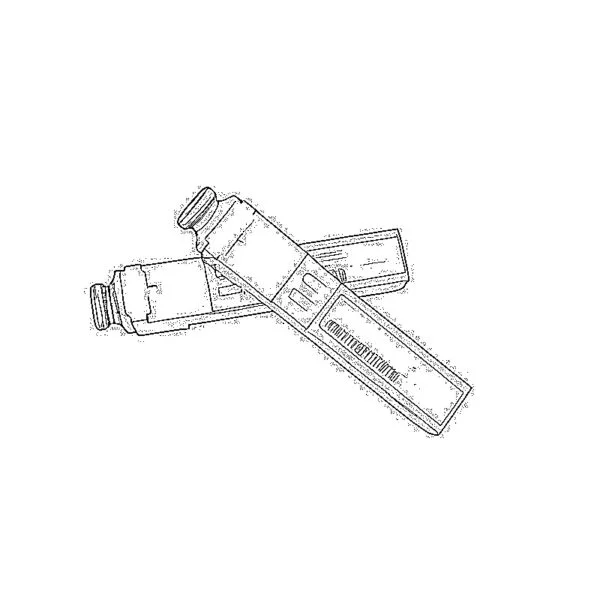 Módulo SFP PON
Módulo SFP PON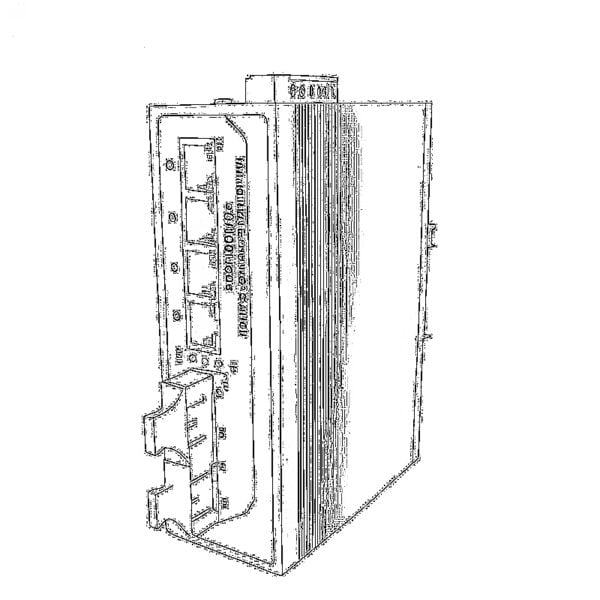 Interruptores industriales
Interruptores industriales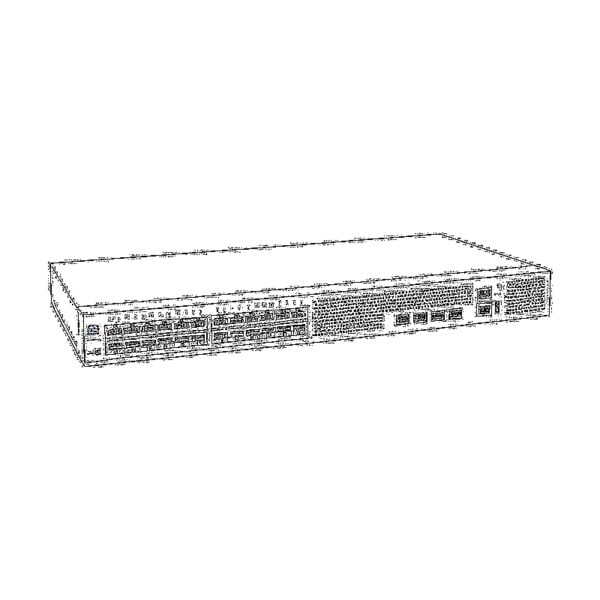 Conmutadores administrados
Conmutadores administrados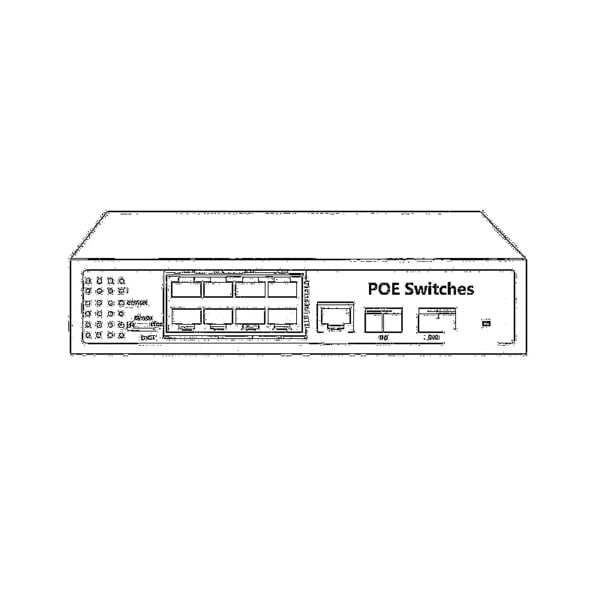 Conmutadores POE
Conmutadores POE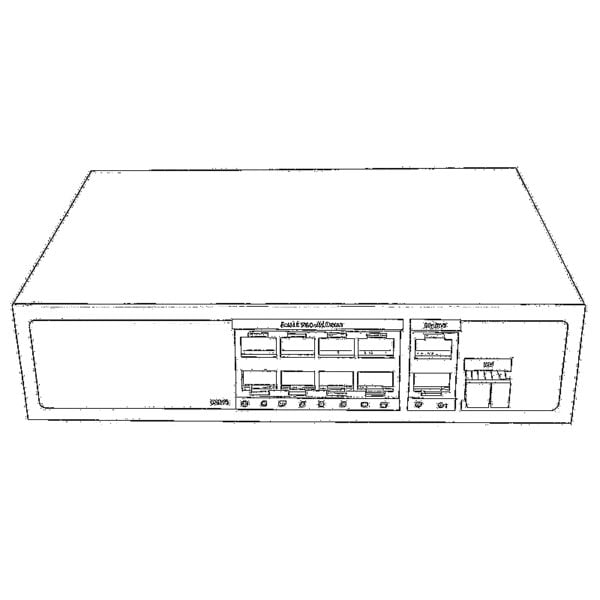 Conmutadores no administrados
Conmutadores no administrados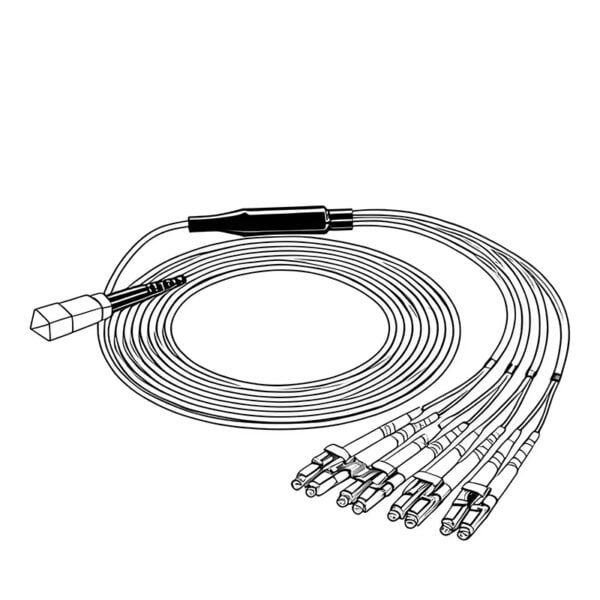 Cables de fibra MTP/MPO
Cables de fibra MTP/MPO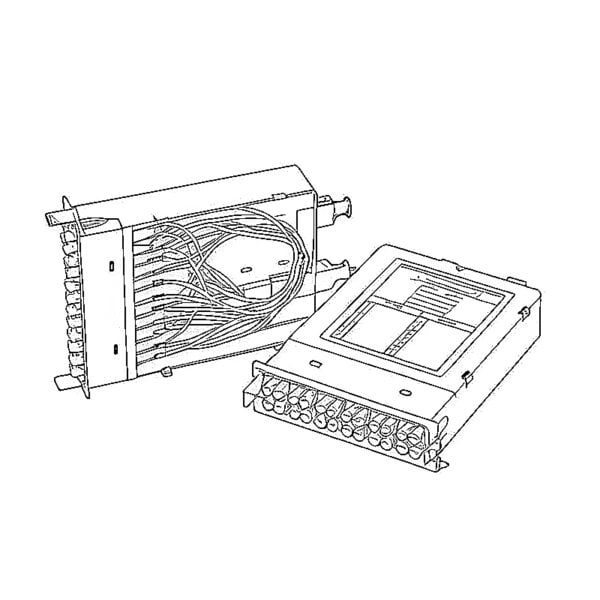 Casetes de fibra óptica
Casetes de fibra óptica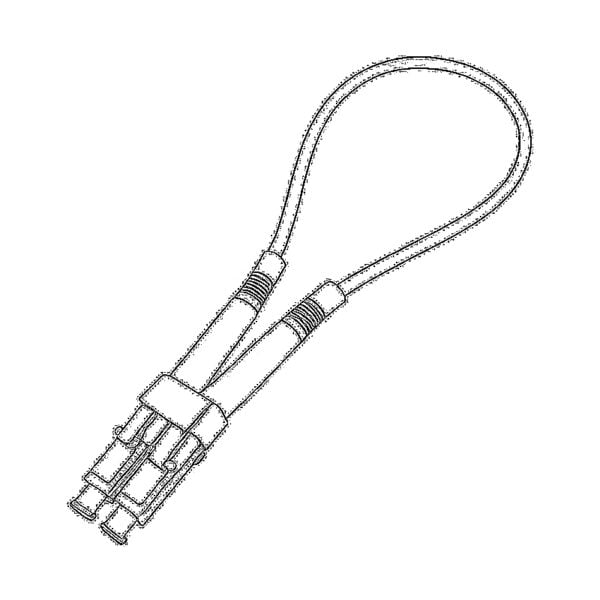 Bucle de fibra óptica
Bucle de fibra óptica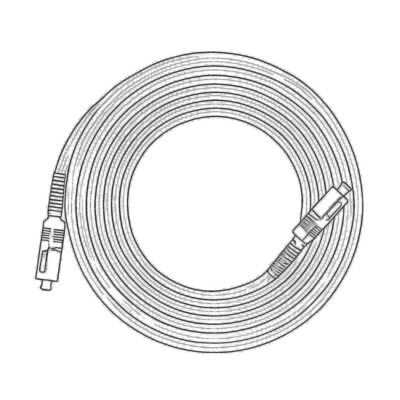 Cables ópticos y pigtails de fibra
Cables ópticos y pigtails de fibra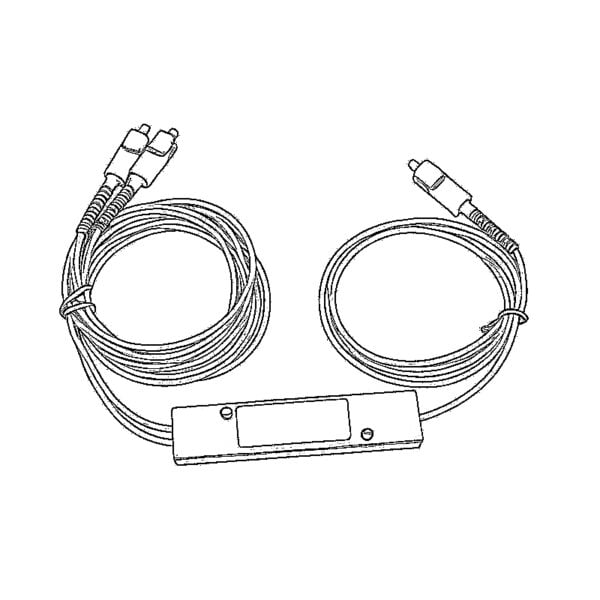 Divisores ópticos y caja divisora
Divisores ópticos y caja divisora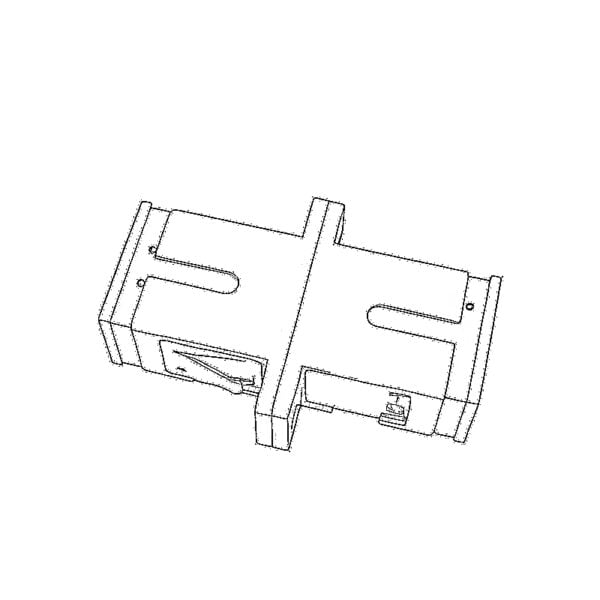 Conectores de brida de fibra
Conectores de brida de fibra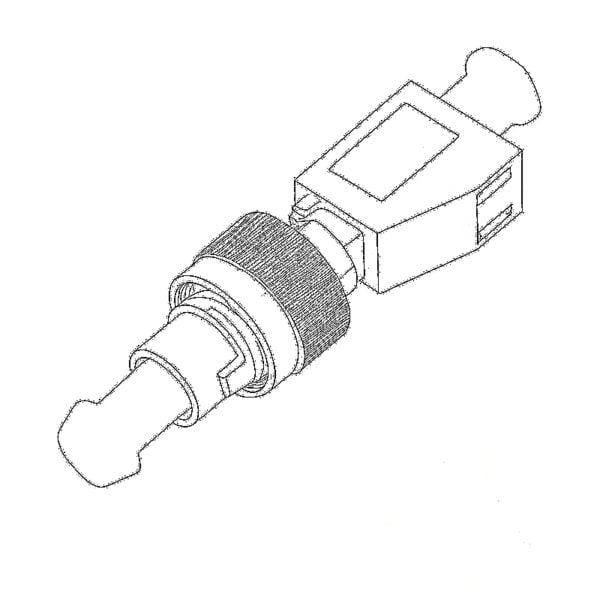 Adaptadores ópticos
Adaptadores ópticos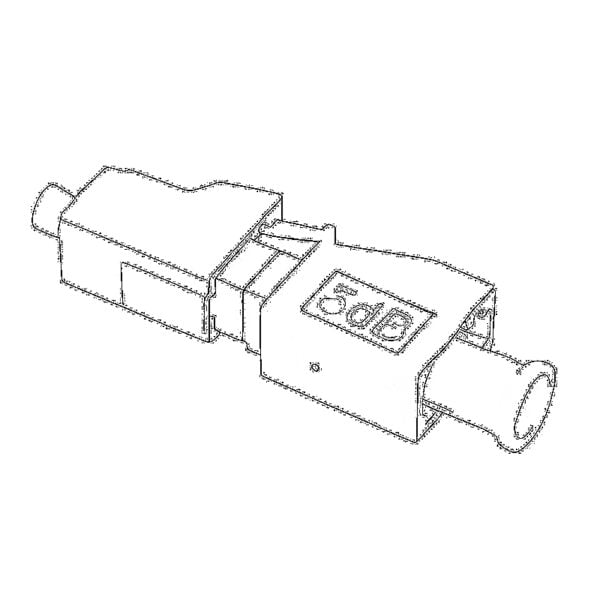 Atenuador óptico
Atenuador óptico Conector rápido y panel de conectores
Conector rápido y panel de conectores Amplificador de televisión por cable
Amplificador de televisión por cable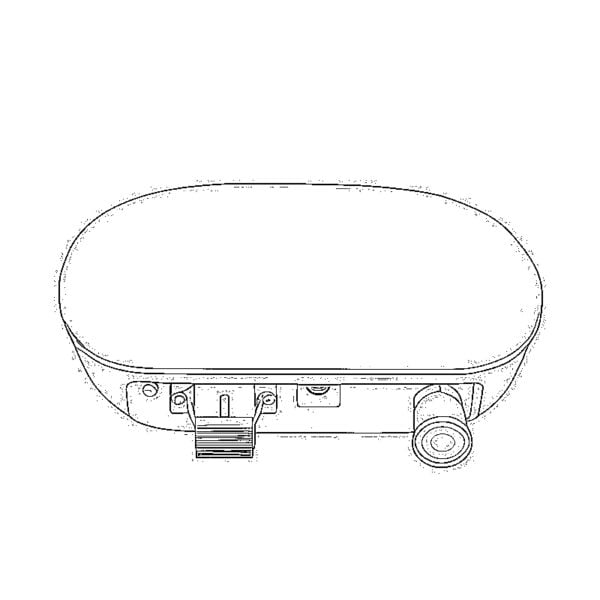 Receptor óptico CATV
Receptor óptico CATV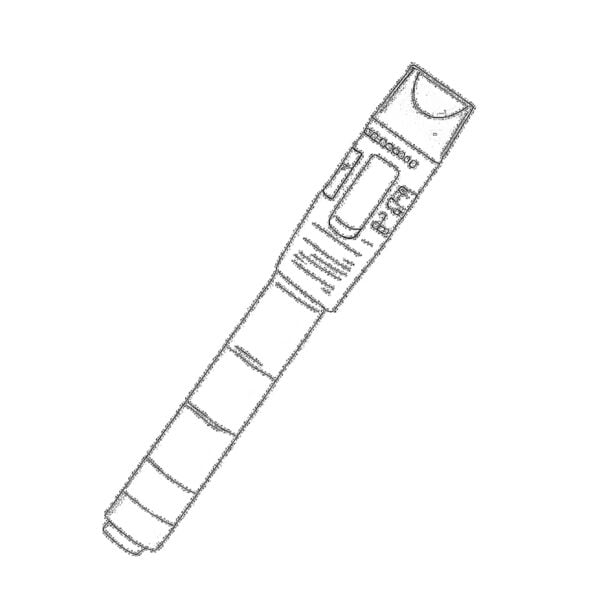 Localizador visual de fallas
Localizador visual de fallas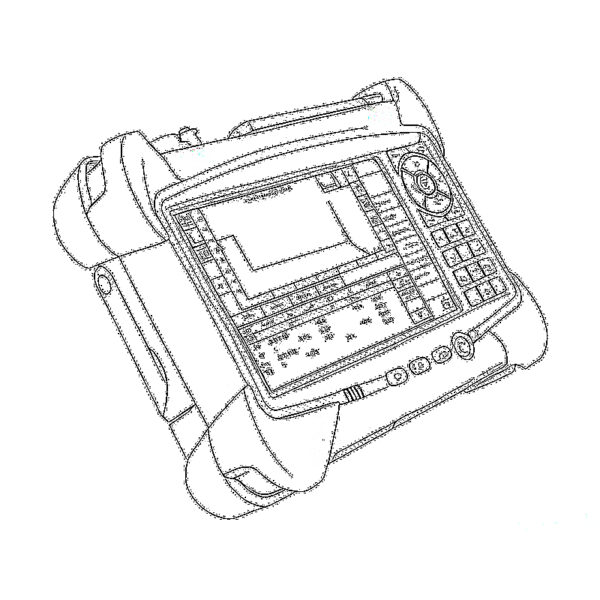 OTDR
OTDR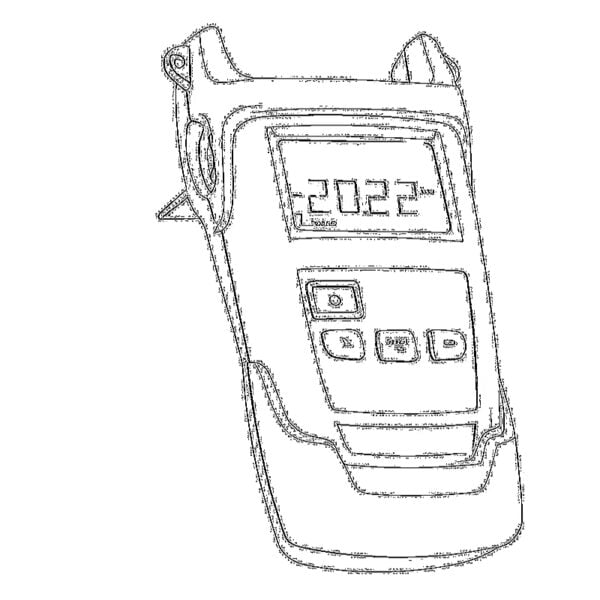 Medidor de potencia óptica
Medidor de potencia óptica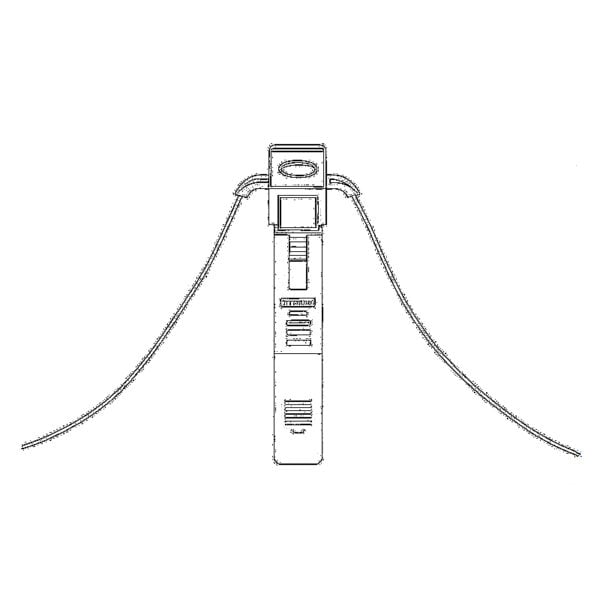 Identificador de fibra óptica
Identificador de fibra óptica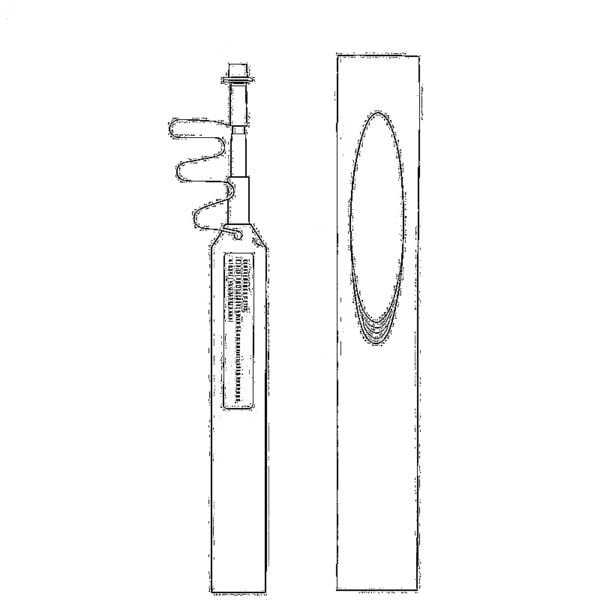 Limpiadores de fibra óptica
Limpiadores de fibra óptica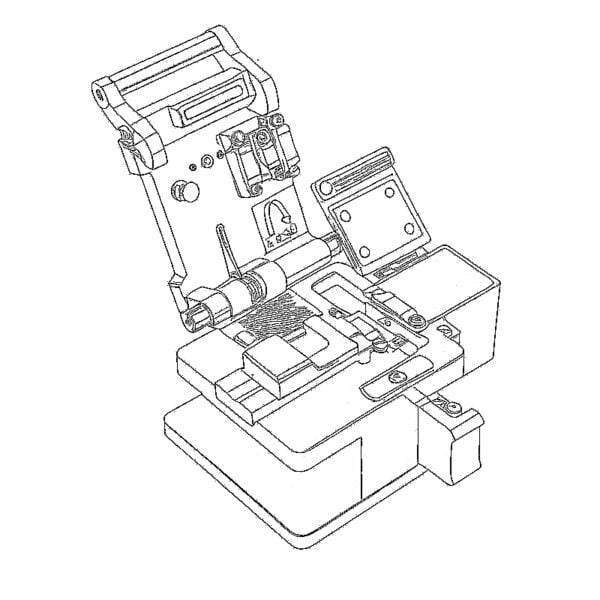 Cuchillas y peladores de fibra
Cuchillas y peladores de fibra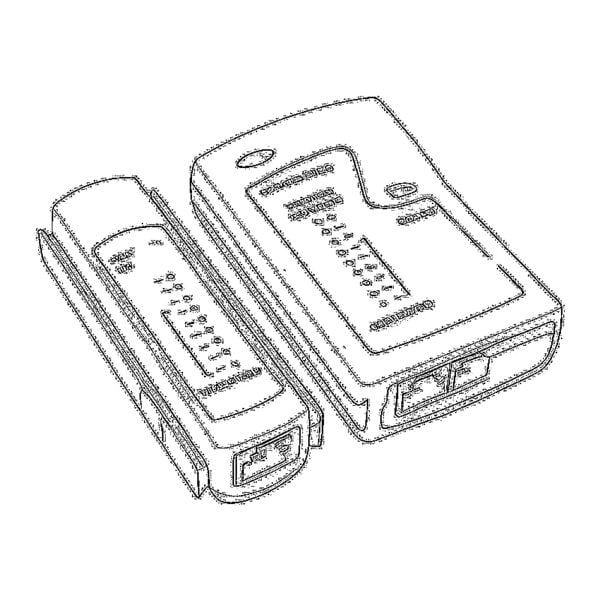 Herramientas de cobre
Herramientas de cobre